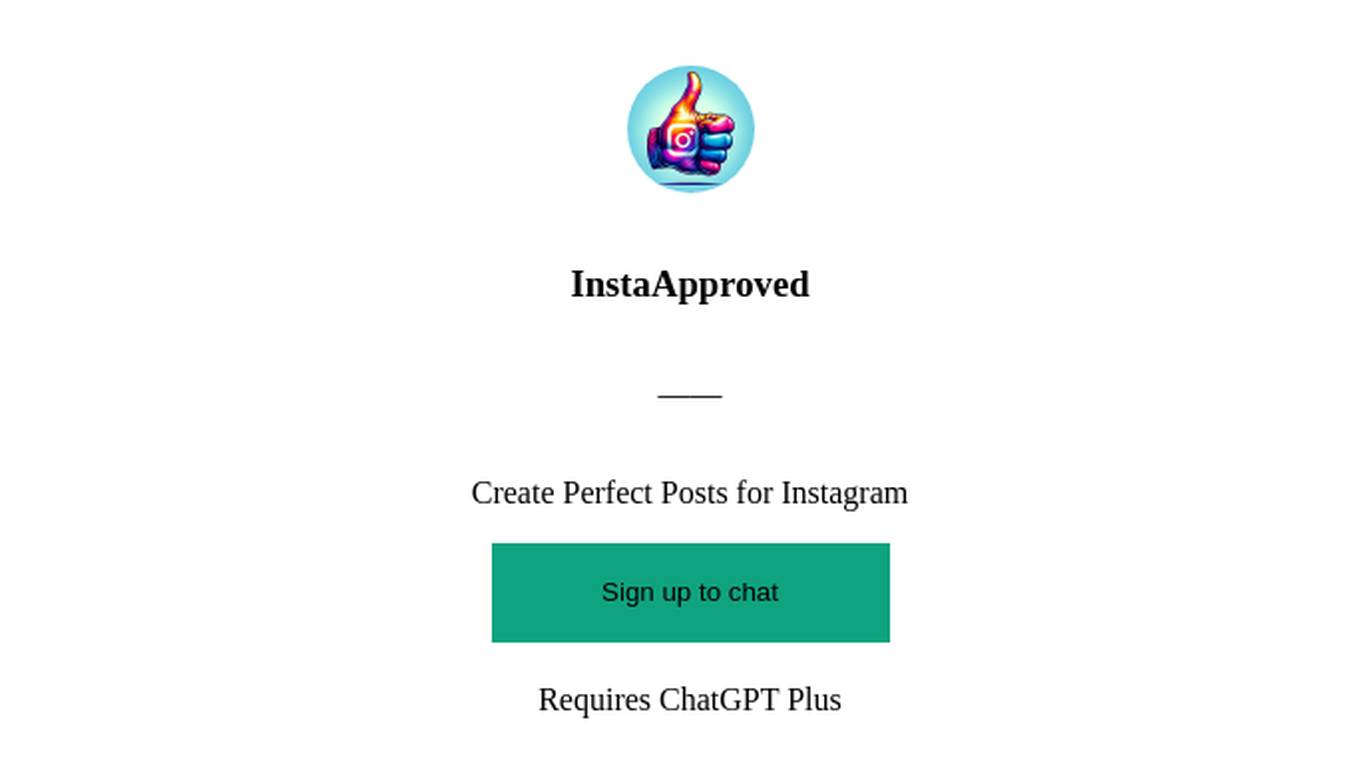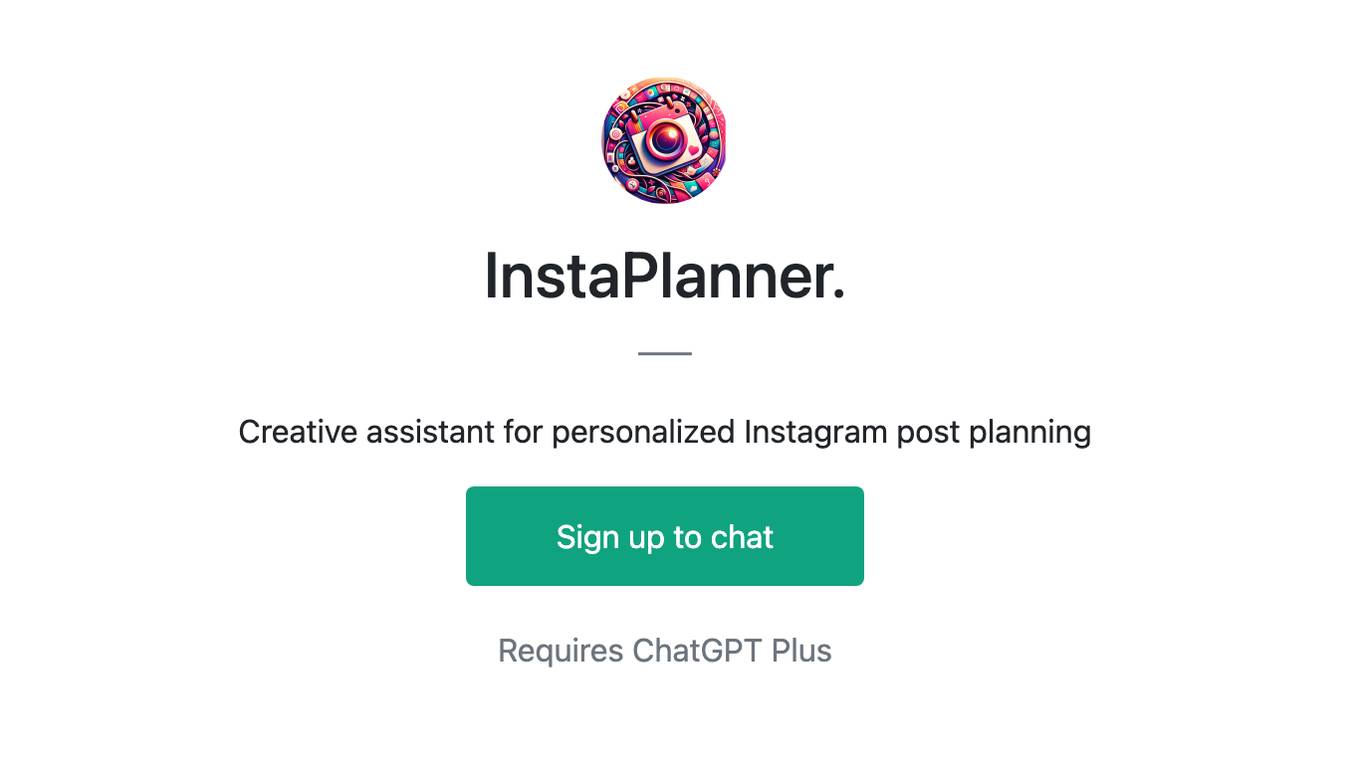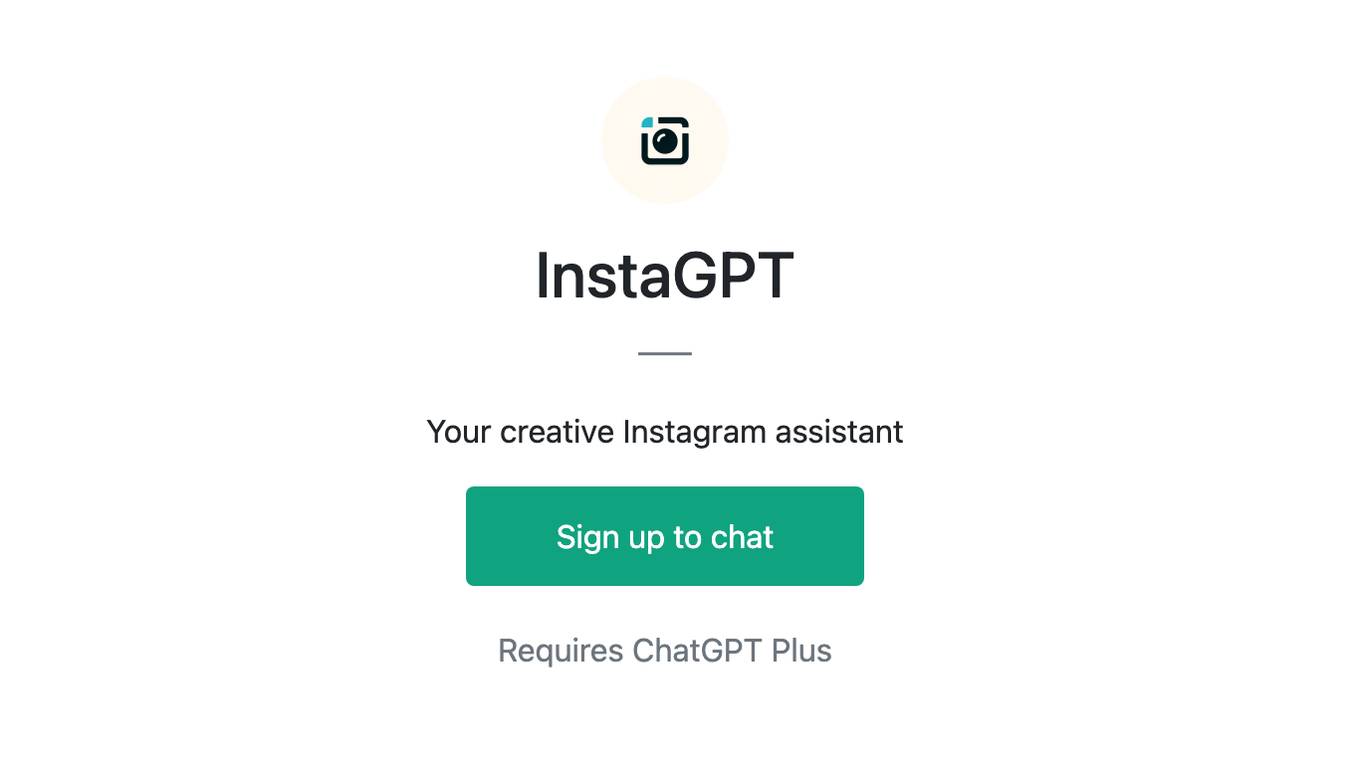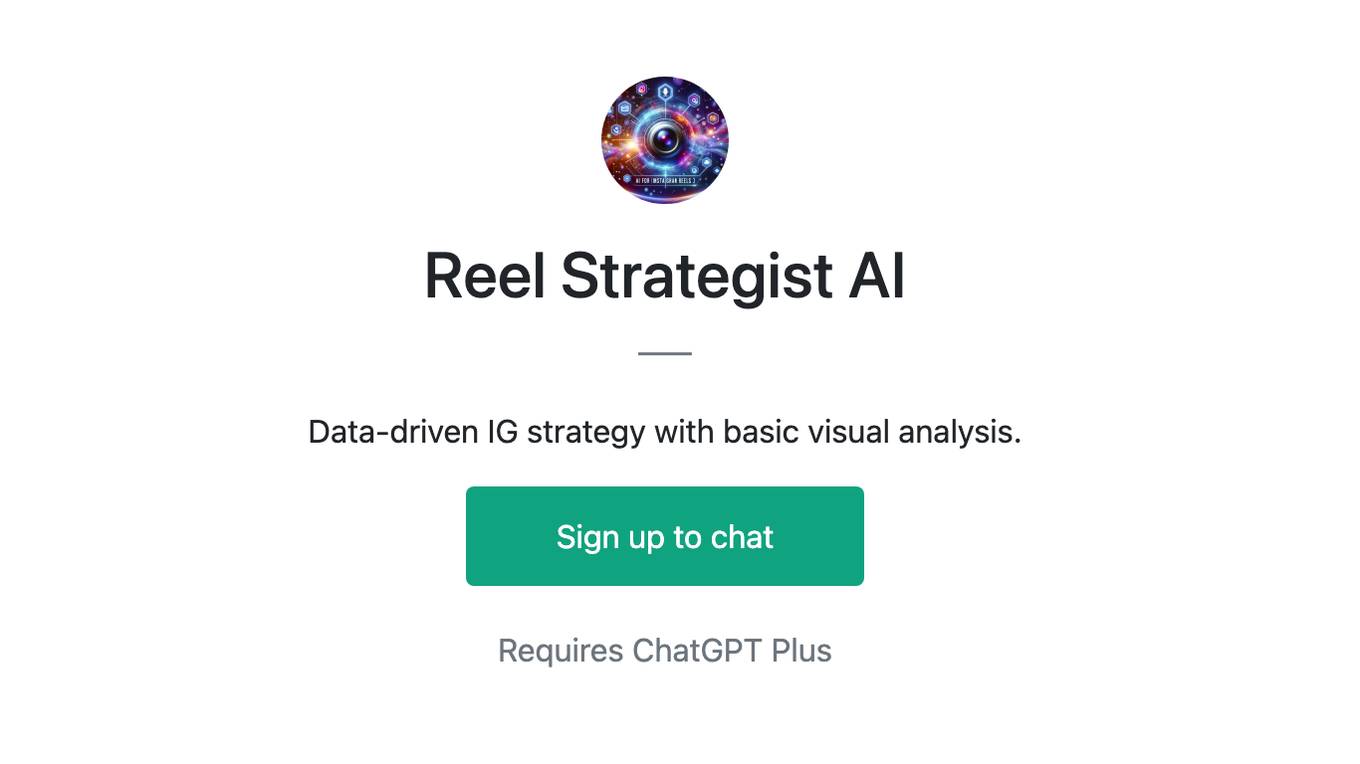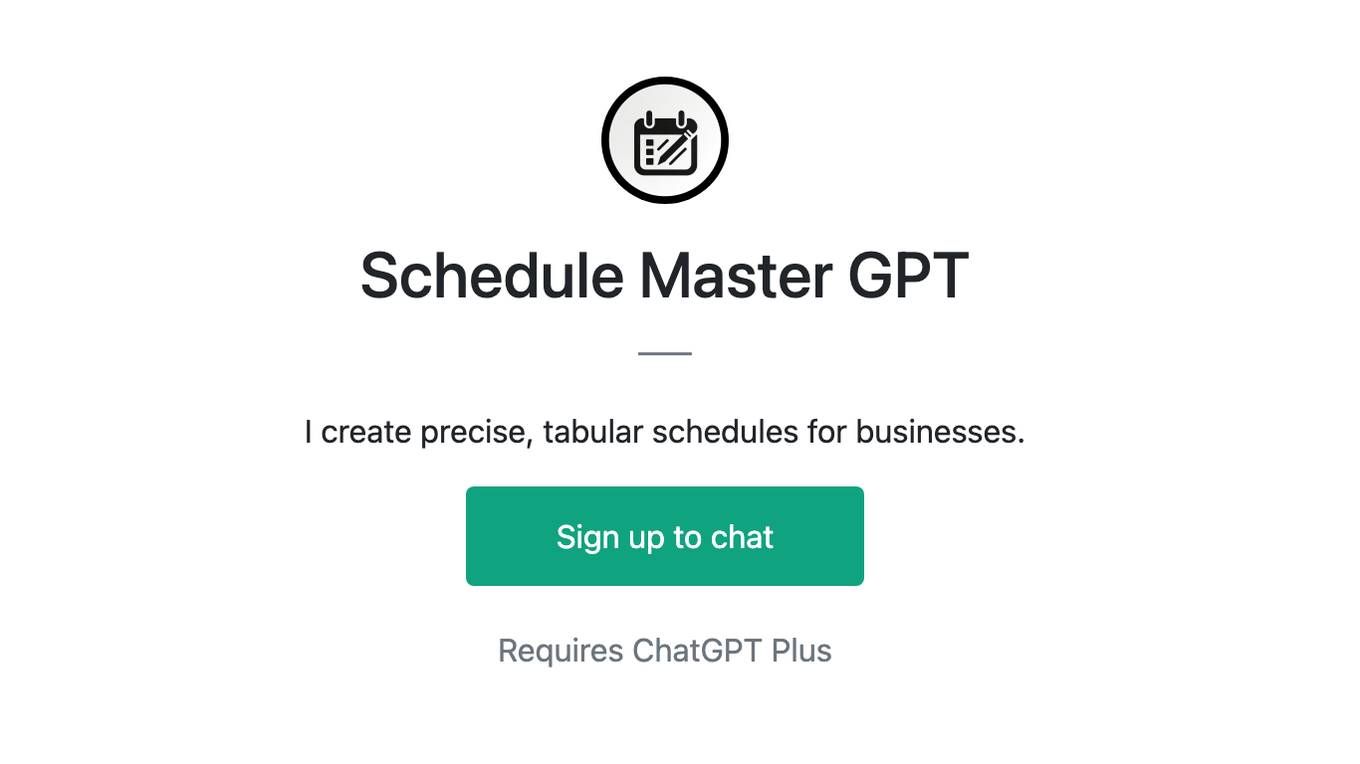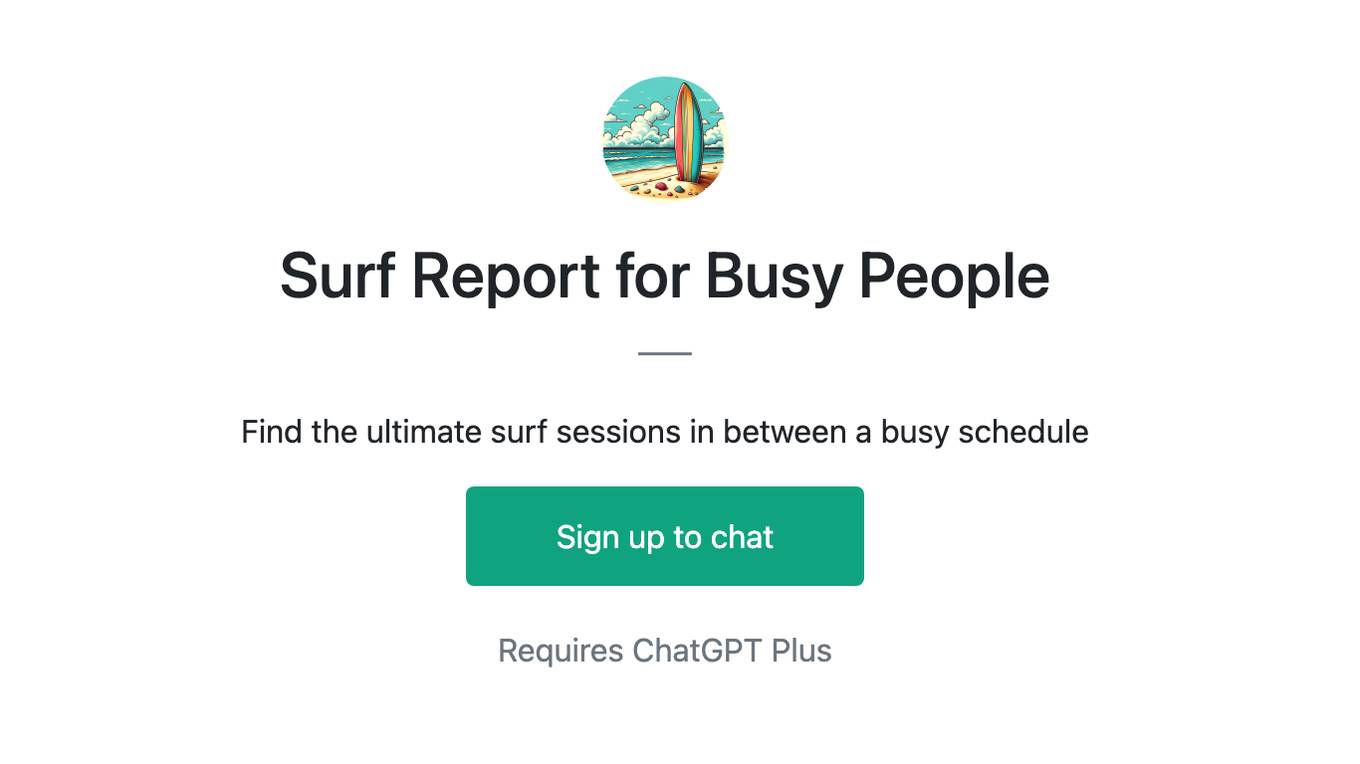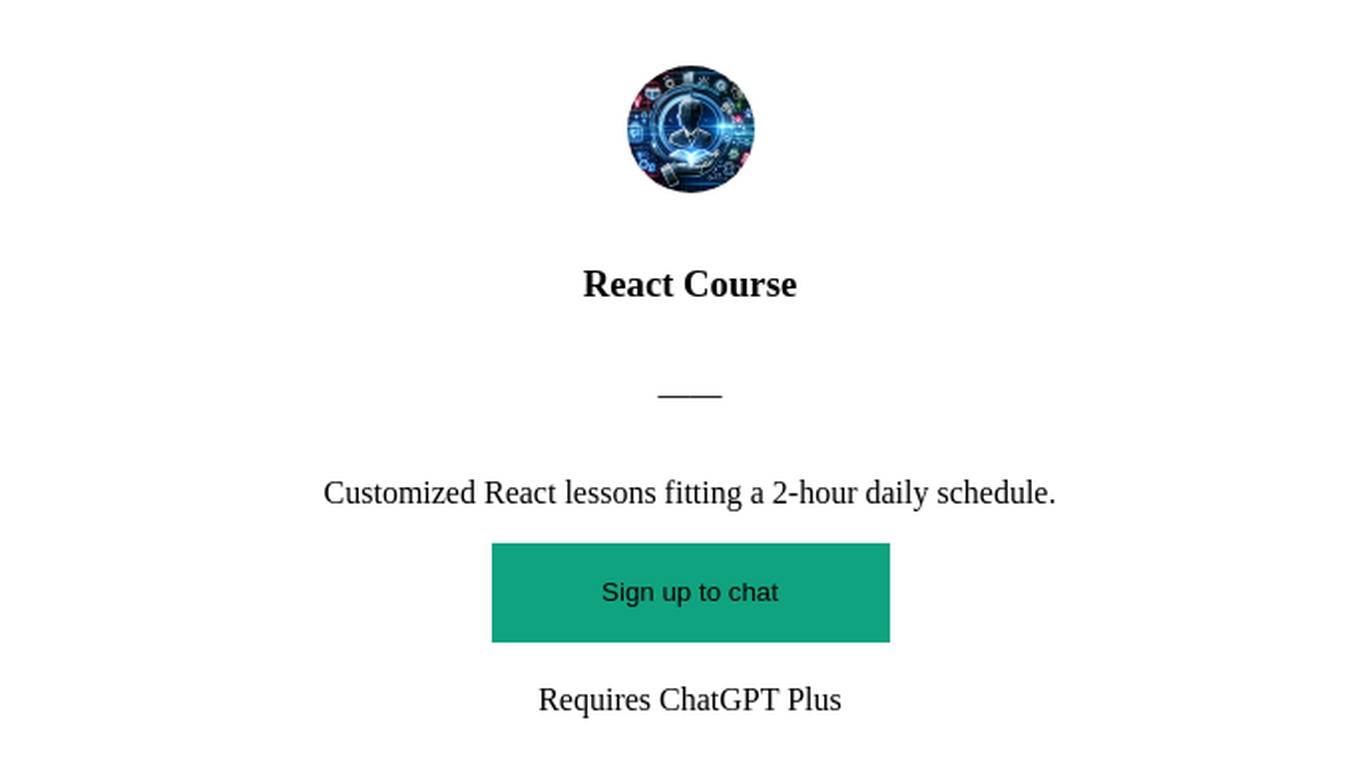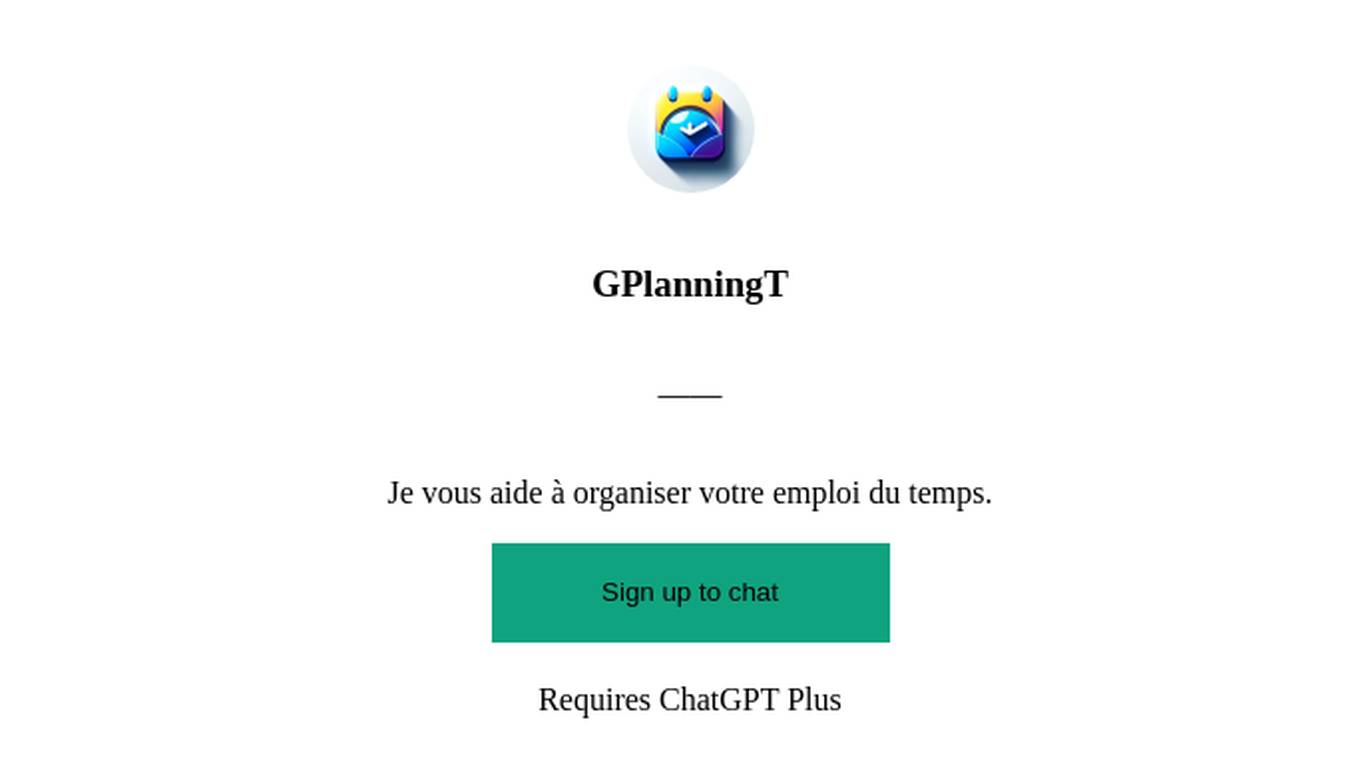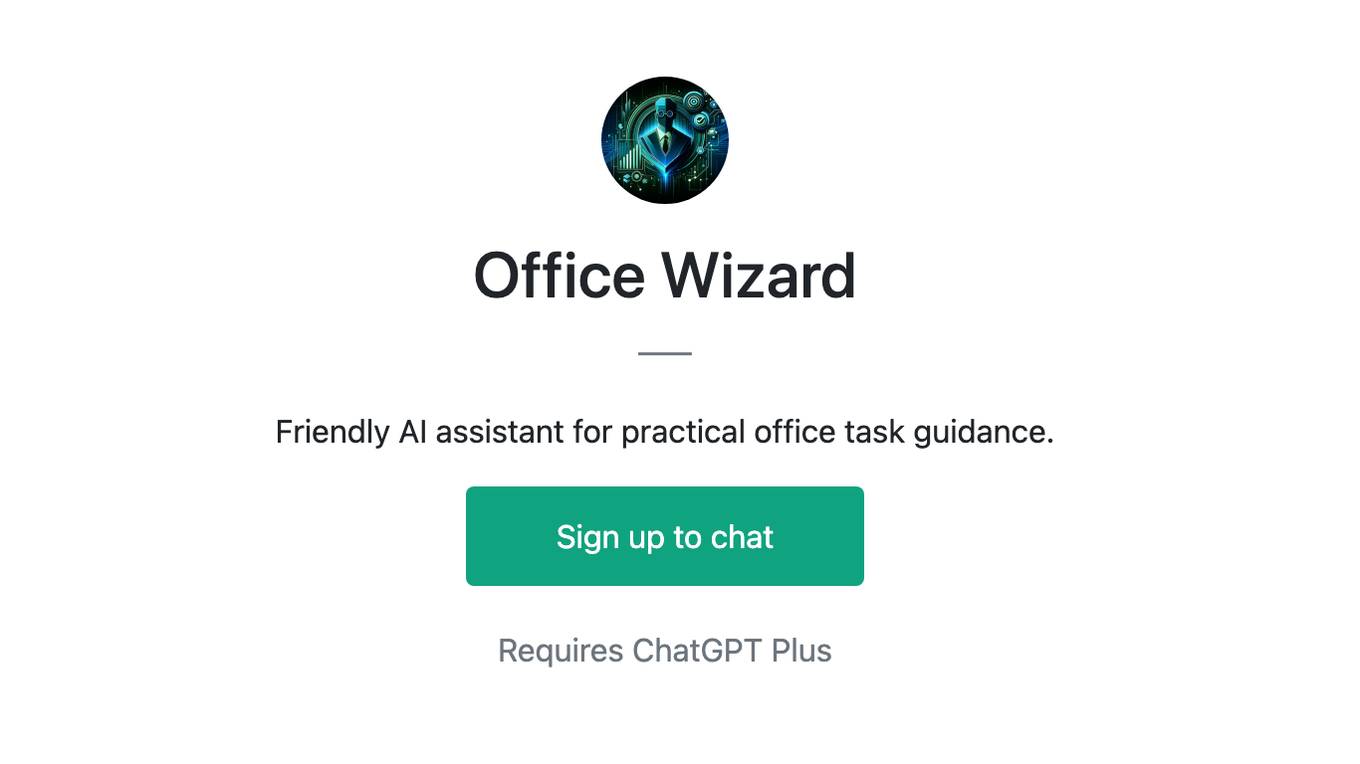Best AI tools for< Schedule Instagram Posts >
20 - AI tool Sites
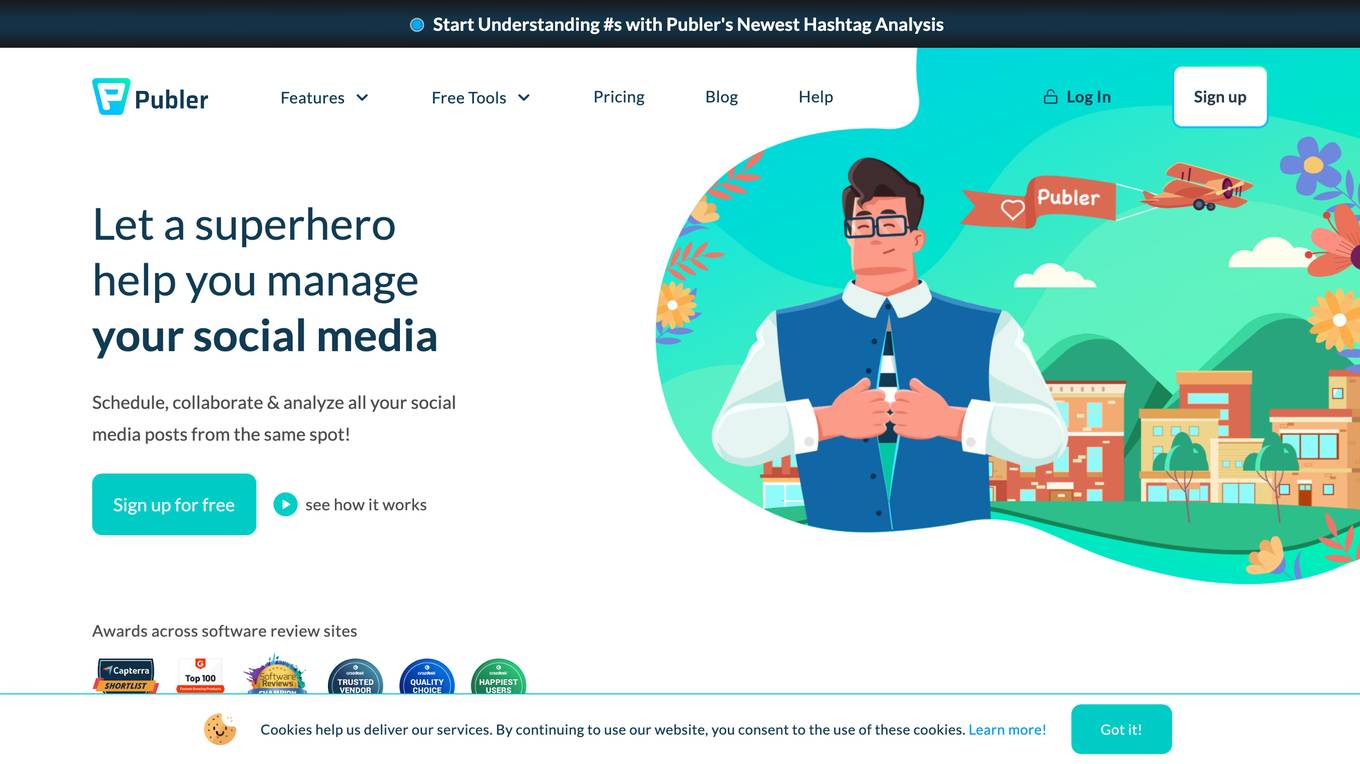
Publer
Publer is a social media management platform that allows you to collaborate, schedule, and analyze your posts on various platforms including Facebook, Instagram, TikTok, Twitter, Mastodon, LinkedIn, Pinterest, Google Business, YouTube, WordPress, and Telegram. It offers features such as AI Assist, calendar view, link in bio, workspaces, analytics, and integrations with cloud storage, Canva & VistaCreate, photo editor, RSS feeds, and browser extension.
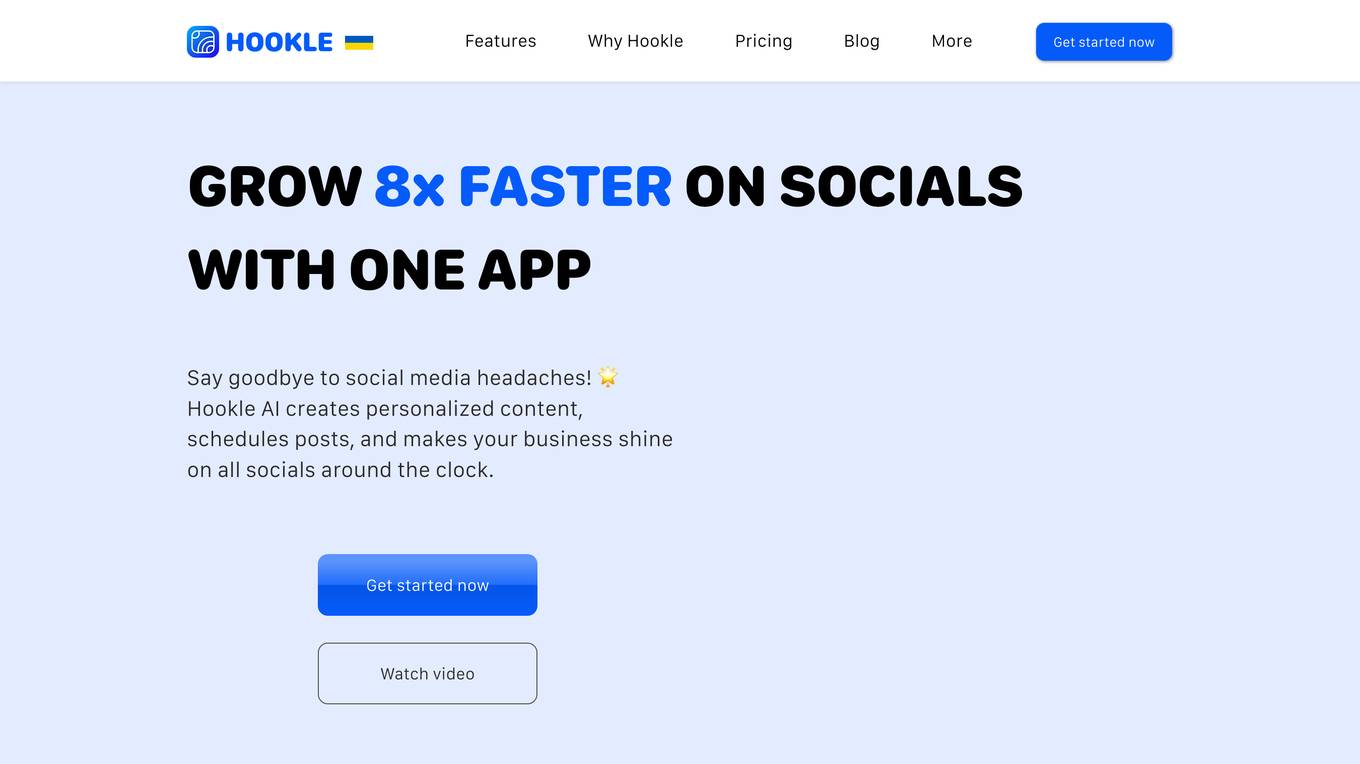
Hookle
Hookle is an AI-powered social media assistant designed for small businesses to effectively market their brand on various social media platforms. It offers features such as cross-channel scheduling, AI content suggestions, personalized content creation, and social media performance tracking. With Hookle, users can effortlessly reach more customers, save time on content creation, and simplify their social marketing efforts. The tool is intuitive, affordable, and suitable for small business owners in over 130 countries.

Circleboom
Circleboom is an AI-powered social media management tool that enables users, brands, and SMBs to grow and strengthen their social accounts. It offers a wide range of features such as RSS feed integration, post scheduling, AI post generation, hashtag generation, and account analytics. Circleboom focuses on simplicity and intuitive design to provide users with easy-to-use tools for managing their social media presence effectively. Trusted by professionals, Circleboom aims to help users expand their social circle and achieve their social media goals.
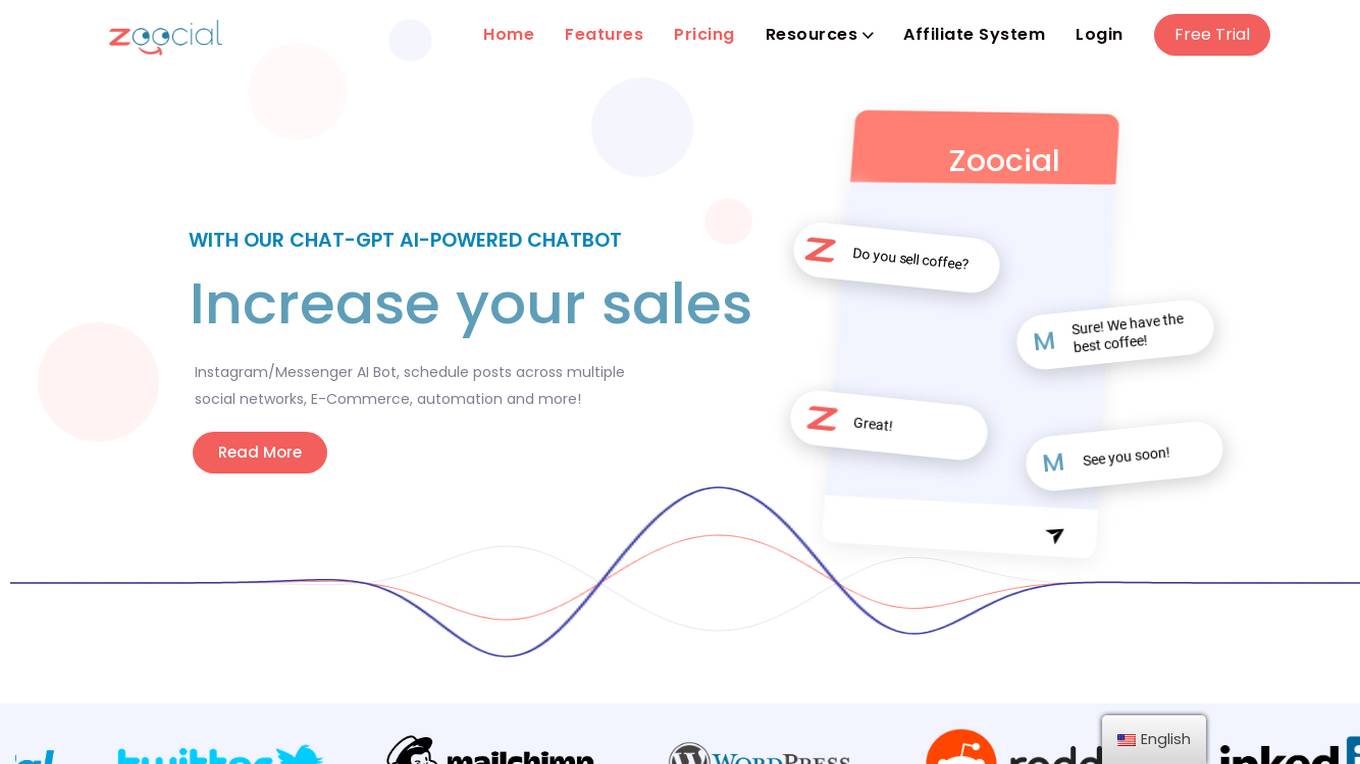
Zoocial
Zoocial is an AI-powered social media marketing tool that offers a comprehensive solution for businesses to enhance their online presence and engage with customers effectively. It provides features such as AI-powered chatbots for Facebook Messenger and Instagram, social media management tools, e-commerce platform integration, and marketing automation capabilities. Zoocial helps businesses optimize their social media strategies, automate tasks, and convert followers into customers, ultimately boosting sales and brand visibility.
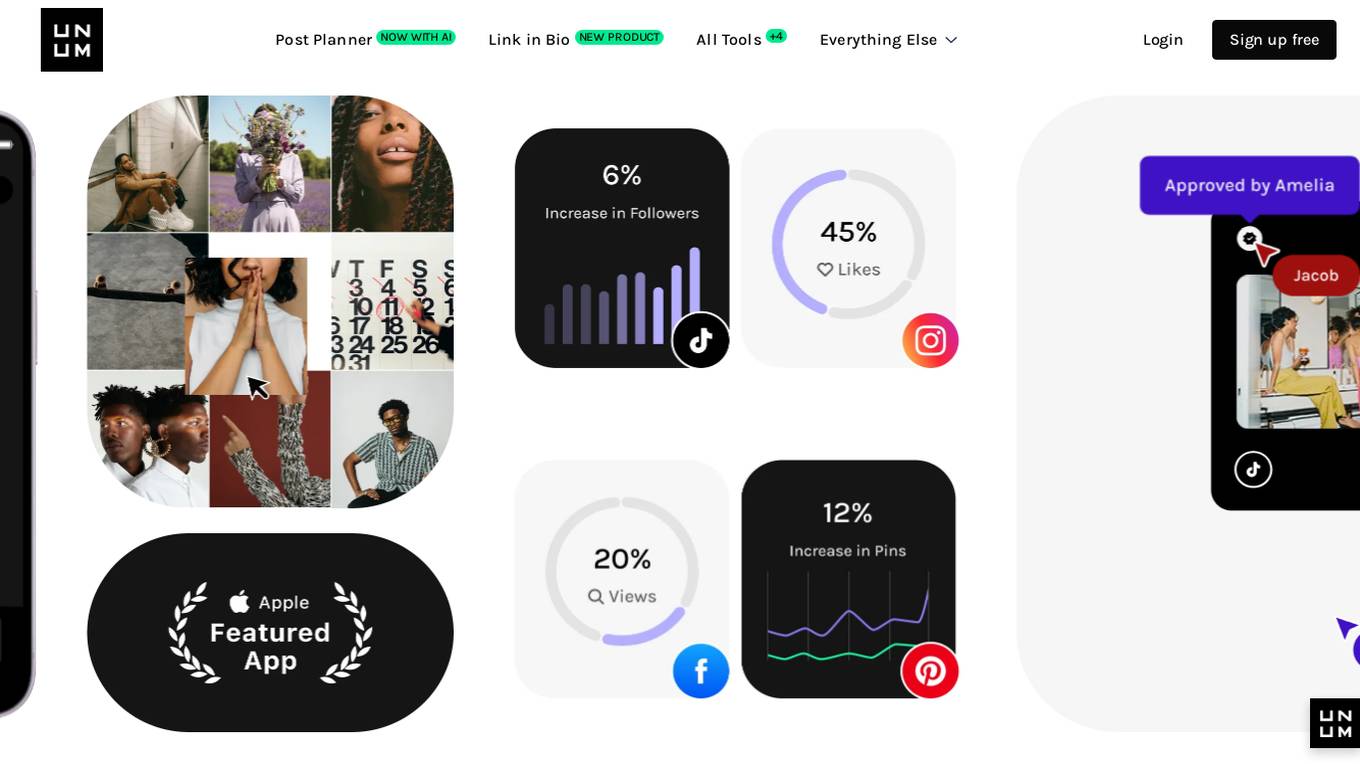
UNUM
UNUM is a comprehensive social media management tool designed to help users create, publish, analyze, and grow their social media channels. With features like auto-posting, AI captioning, hashtag generation, photo and video editing, and a media library, UNUM streamlines the social media workflow. It also offers insights, reports, and a social media calendar to help users track their performance and plan ahead. UNUM is trusted by over 20 million creators and teams worldwide, providing a centralized platform for managing multiple social media accounts and optimizing content strategy.

Tailwind
Tailwind is an AI-enhanced social media and email marketing tool that leverages advanced AI technology to help businesses grow their online presence and engage with their target audience effectively. The tool offers a wide range of features such as AI-generated marketing content, social design creation, scheduling and distribution across multiple networks, hashtag finder, personalized post times, and more. Tailwind is designed to simplify the marketing process for businesses by providing tailored marketing plans, personalized designs, and automated optimization, ultimately saving time and effort for users.
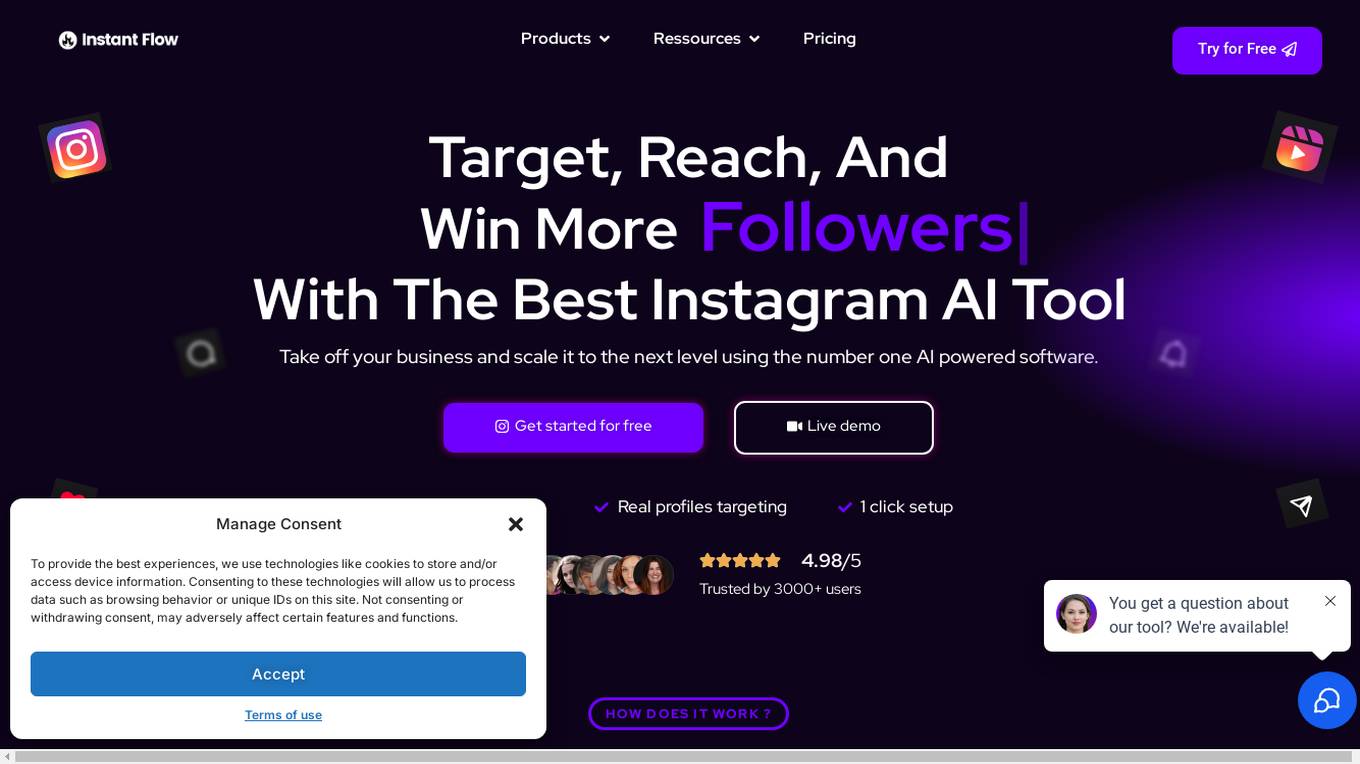
Instant Flow
Instant Flow is a powerful AI tool designed to help users manage their Instagram profiles efficiently. With features like Instagram automation, content planning, and AI agents, Instant Flow allows users to send DMs, schedule content, and manage conversations using artificial intelligence. The tool is trusted by over 3000 users worldwide and offers real profiles targeting, one-click setup, and personalized interactions to connect with ideal customers. Instant Flow is the go-to solution for Instagrammers, agencies, and businesses looking to scale their online presence effortlessly.
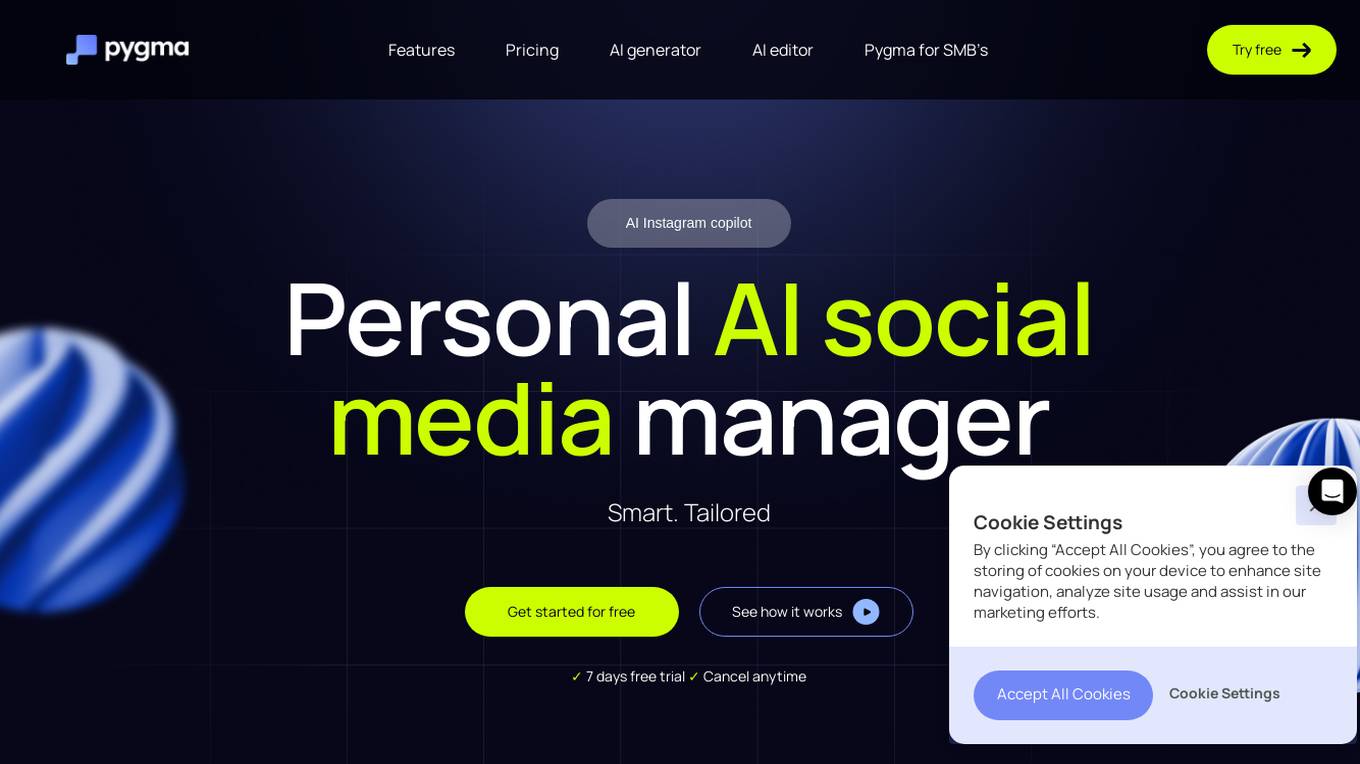
Pygma
Pygma is a personal AI social media manager that offers AI-powered features for content creation, planning, and scheduling on Instagram. It provides personalized content suggestions, AI avatar technology for image creation, automated caption and hashtag generation, and audience targeting highlights. Pygma aims to streamline social media management by assisting users in creating engaging posts and stories effortlessly.
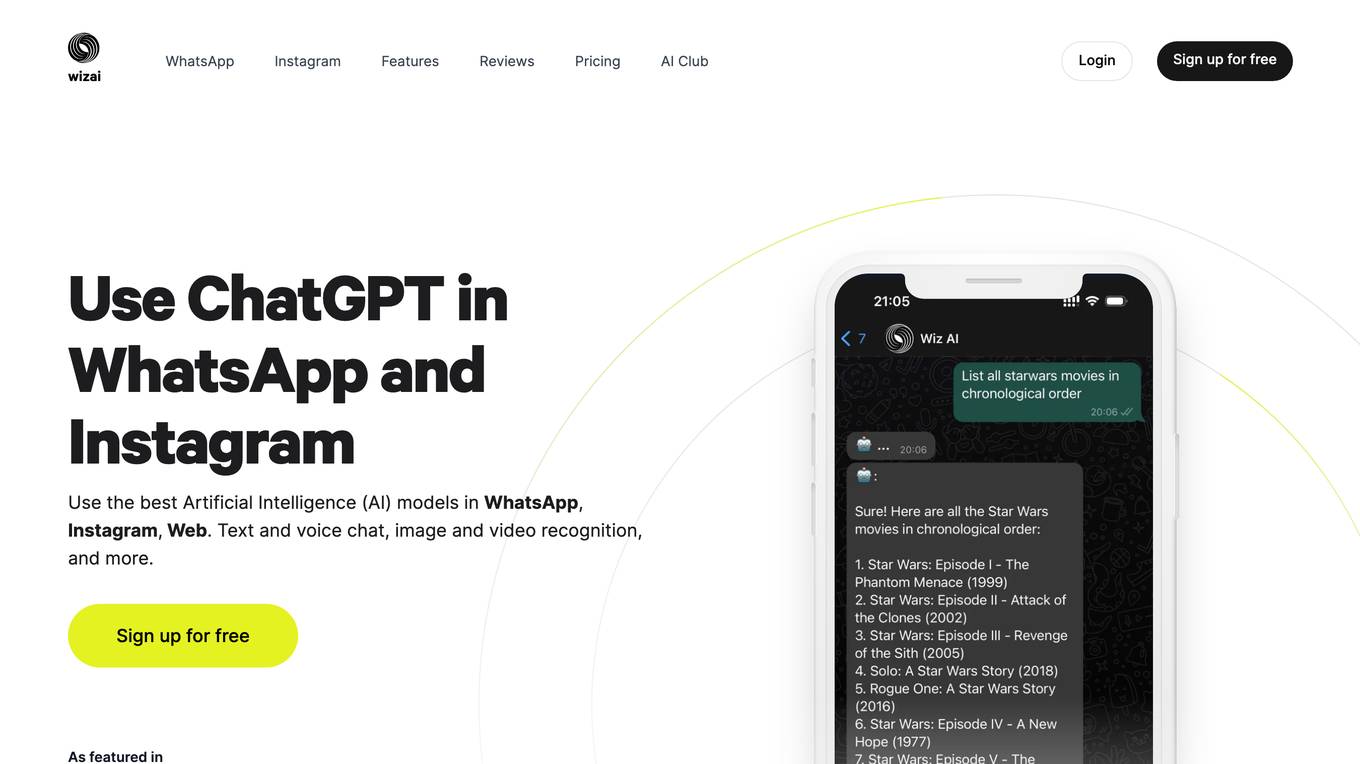
WizAI
WizAI is a tool that allows users to use ChatGPT in WhatsApp and Instagram. It is powered by OpenAI and provides features such as text and voice chat, image and video recognition, and more. WizAI is used by over 15,000 people daily and has received over 15,000 messages. It is a popular tool for people who want to use AI in their daily lives.
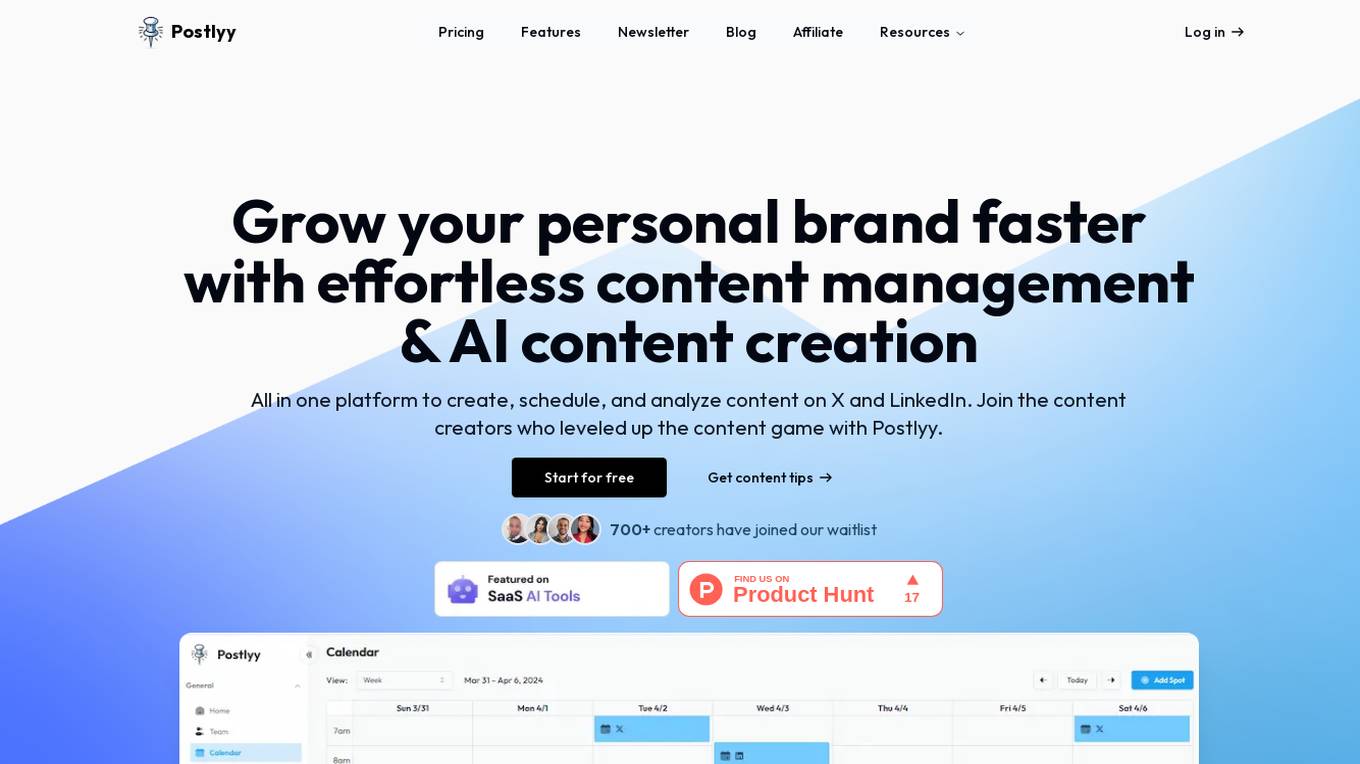
Postlyy
Postlyy is an all-in-one platform designed to help content creators manage, schedule, and analyze content on social media platforms like Twitter and LinkedIn. It offers intuitive creation tools, deep analytics, and AI-powered features to enhance content creation and audience engagement. Postlyy aims to streamline content management processes, provide valuable insights, and empower users to grow their personal brand effectively.
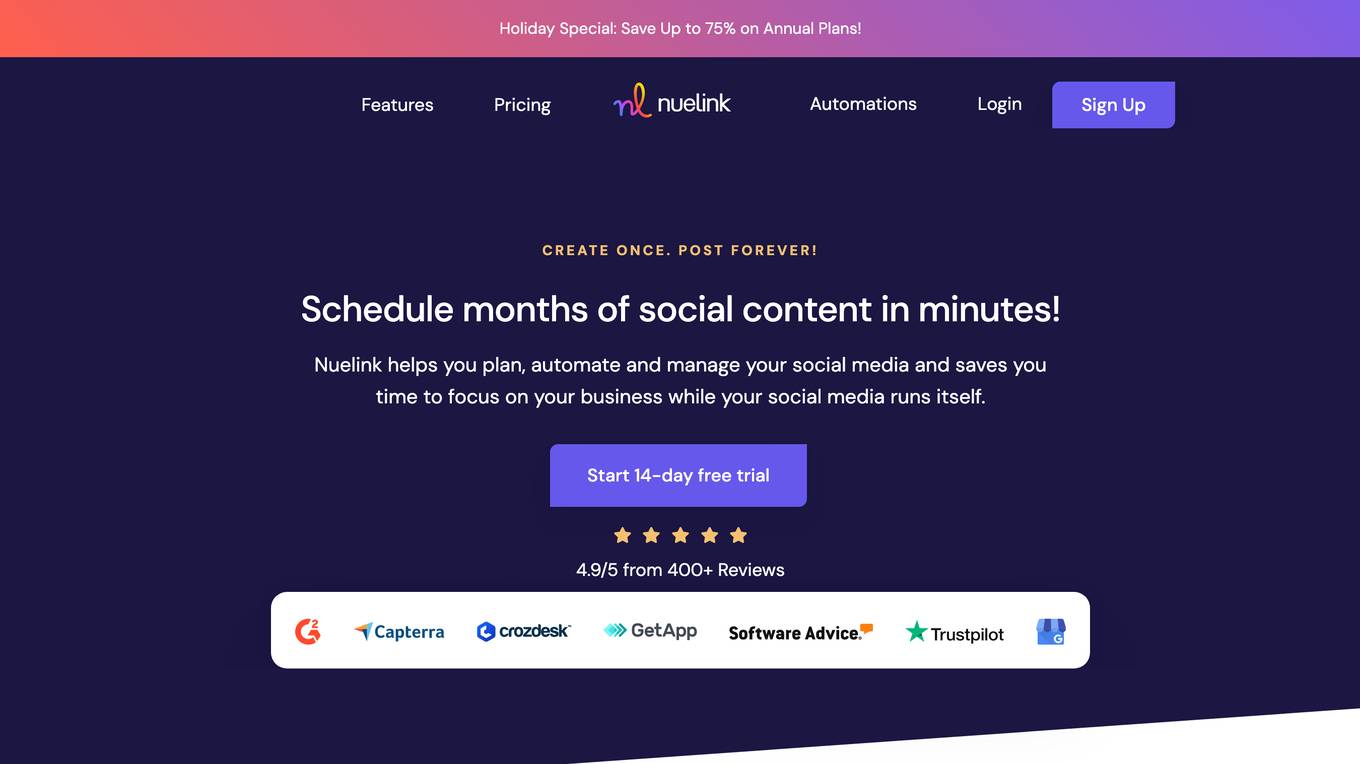
Nuelink
Nuelink is a social media scheduling tool with automation superpowers, including AI capabilities. It helps users organize, automate, analyze, and manage their social media accounts from a centralized platform. With features like bulk scheduling, AI writing assistant, brand management, and more, Nuelink streamlines social media management and saves time for businesses and individuals. The tool offers a 14-day free trial with no questions asked cancellation policy and has garnered positive reviews from users across various industries.
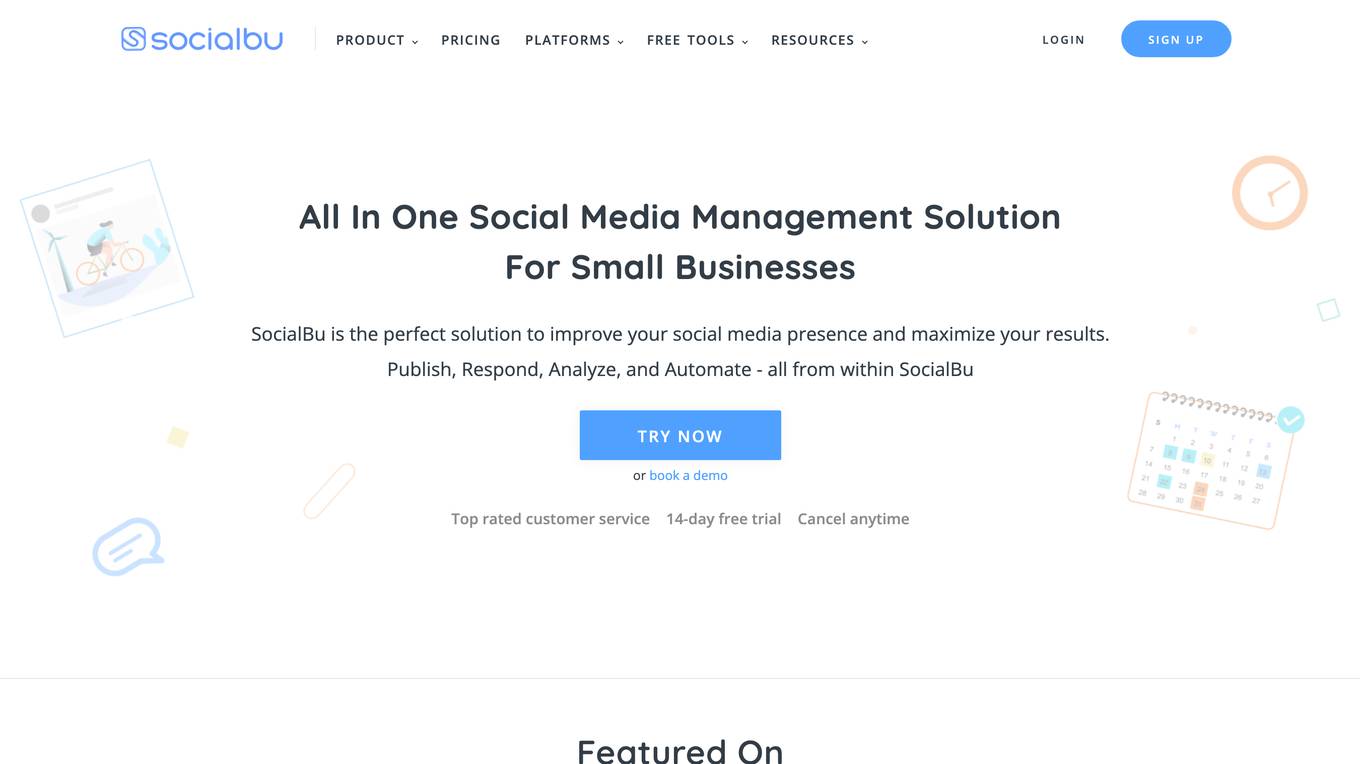
SocialBu
SocialBu is an all-in-one social media management solution that helps businesses save time and improve their results. With SocialBu, you can schedule posts, respond to messages, monitor your social media presence, and automate tasks. SocialBu is easy to use and affordable, making it a great option for businesses of all sizes.
Iconosquare
Iconosquare is a comprehensive social media analytics, management, and scheduling platform designed for brands and agencies. It offers a wide range of features to help businesses track their performance, create engaging content, and collaborate with their team. Iconosquare supports multiple social media platforms including Instagram, TikTok, LinkedIn, Twitter, and Facebook, providing users with a centralized hub to manage all their social media activities.
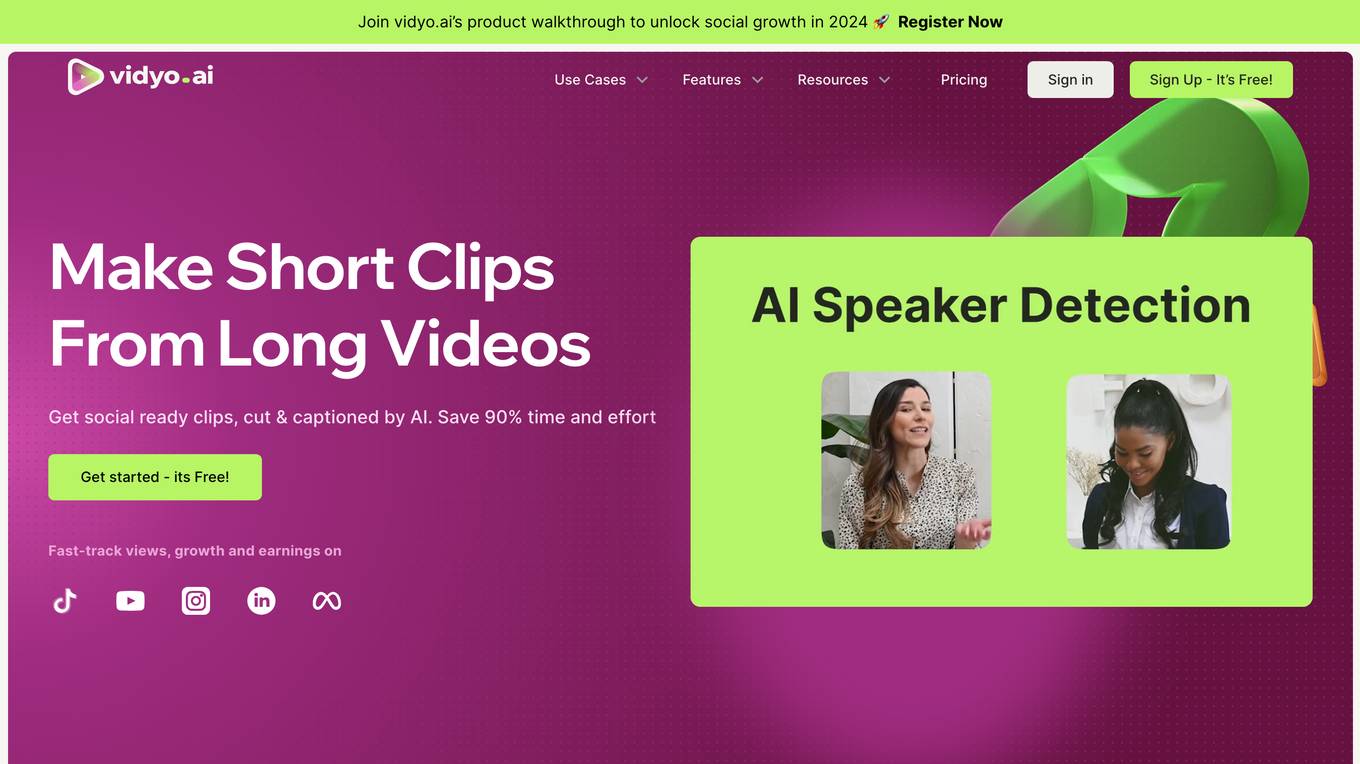
quso.ai
quso.ai is an all-in-one Social Media AI Suite that offers a comprehensive set of AI tools for content creation, scheduling, analytics, and video editing. It helps users transform ideas into engaging content across various social platforms, driving growth and engagement. With features like AI Content Creator, AI Clips Generator, AI Video Generator, and more, quso.ai simplifies social media management and boosts efficiency. The platform caters to individuals, small businesses, start-ups, agencies, and various industries, providing a user-friendly interface and powerful AI capabilities.
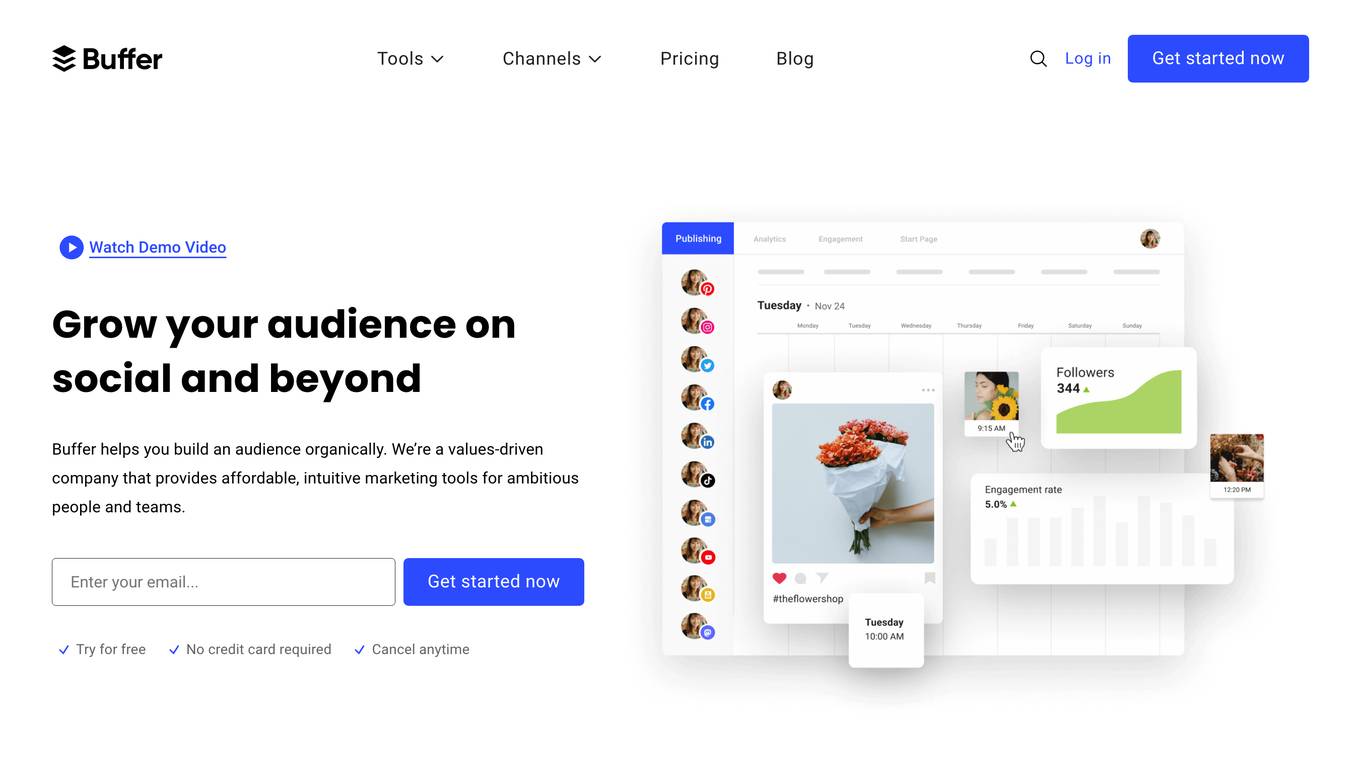
Buffer
Buffer.com is a social media management platform that allows users to schedule posts, analyze performance, and engage with their audience across various social networks. With Buffer, users can streamline their social media marketing efforts by planning and publishing content in advance, monitoring analytics to track engagement, and collaborating with team members. The platform offers a user-friendly interface and integrates with popular social media platforms like Facebook, Twitter, LinkedIn, and Instagram.
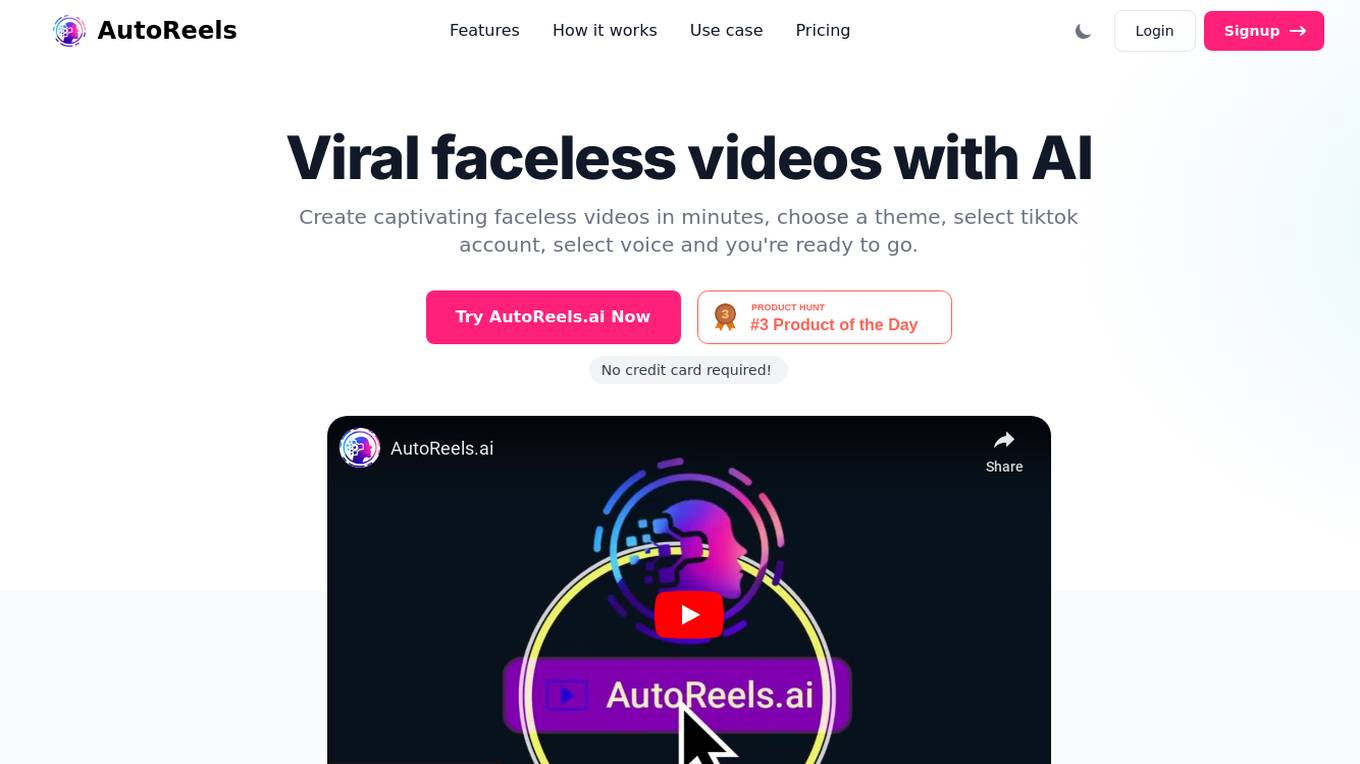
AutoReels
AutoReels is an AI-powered tool designed to help users create engaging faceless videos for social media platforms like YouTube, TikTok, and Instagram. The tool leverages advanced AI algorithms to craft unique videos that stand out, ensuring privacy and creativity by never showing the user's face. AutoReels simplifies the video creation process, allowing users to generate, schedule, and upload videos on autopilot. With features like automated video creation, subtitles customization, and scheduling posts for social media, AutoReels is a time-saving solution for social media teams, small business owners, content creators, and influencers.
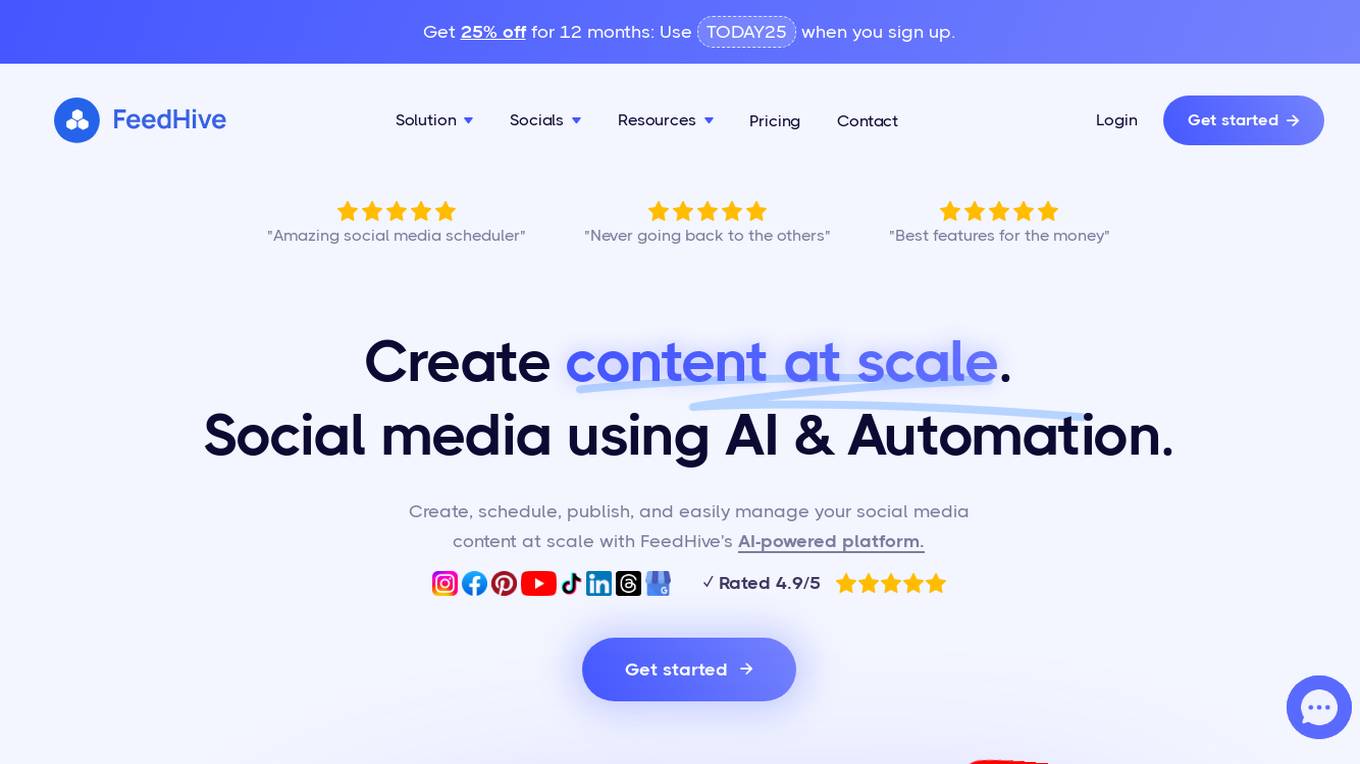
FeedHive
FeedHive is an AI-powered social media management platform that helps businesses and content creators create, schedule, publish, and manage their social media content at scale. It offers a range of features including social media scheduling, social inbox, AI-powered content generation, analytics, collaboration tools, and white labeling. FeedHive integrates with all major social media platforms, including Facebook, Instagram, YouTube, TikTok, LinkedIn, Pinterest, and Google Business Profile.
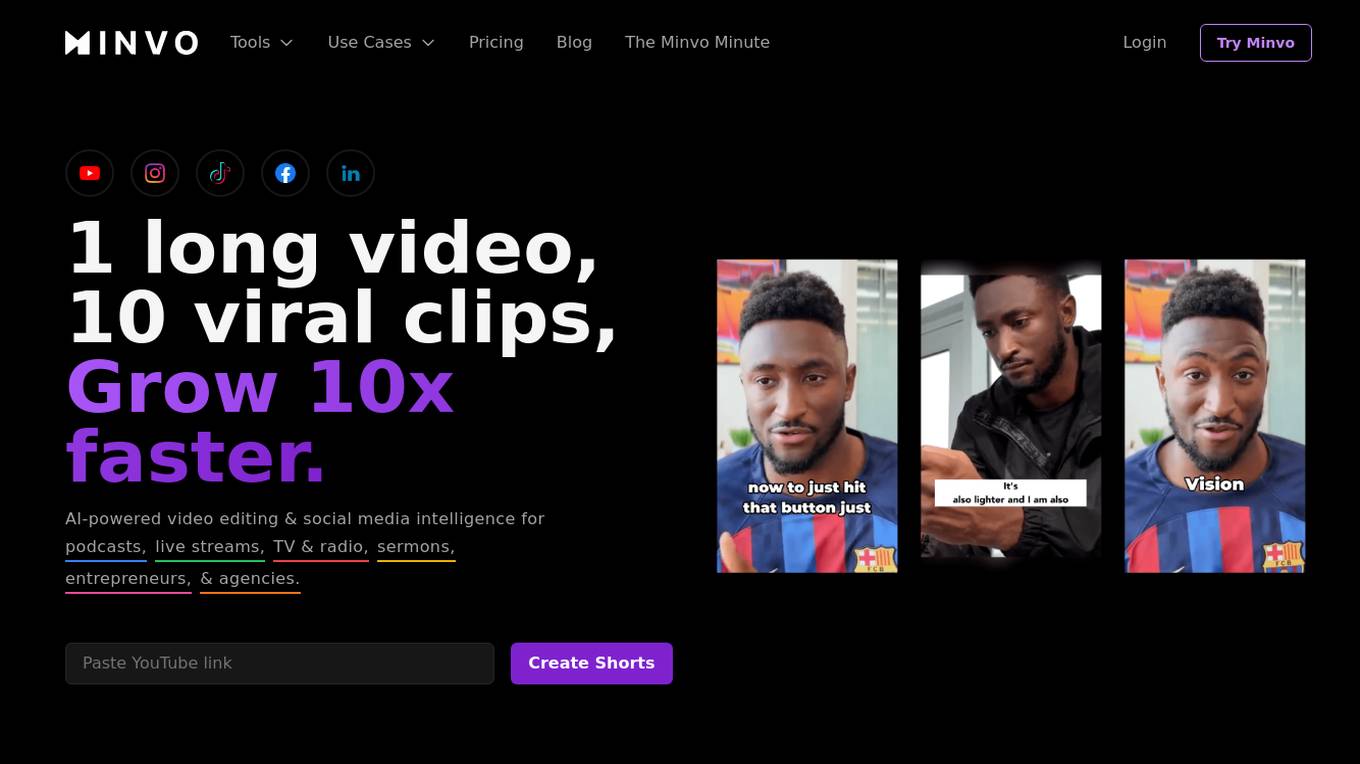
Minvo
Minvo is an AI-powered video editing and social media intelligence tool that allows users to create professional clips from videos in just 3 clicks. With features like auto-cutting um's and ah's, AI-insert emojis, and B-roll, Minvo simplifies the content creation process for platforms like YouTube, Instagram, TikTok, and more. It offers social analytics, scheduling directly to social media platforms, and the ability to transcribe and translate content in over 50 languages. Minvo caters to podcasters, live streamers, TV and radio professionals, churches, entrepreneurs, and agencies, providing both beginner-friendly and advanced editing options.

SynthLife
SynthLife is a virtual influencer creator and AI influencer creator tool that simplifies the process of building, growing, and monetizing virtual influencers. Users can easily create unique faces, generate content for various social media platforms, and manage multiple AI personas. The tool offers a range of plans with features like AI image editing, video redraw, Instagram cloning, access to templates, and creator programs. SynthLife is integrated with social media platforms, allowing users to auto-generate content, schedule posts, and manage their social profiles effortlessly. The platform also enables users to create faceless TikTok and YouTube channels, clone viral content, and interact with AI influencers that do not physically exist.
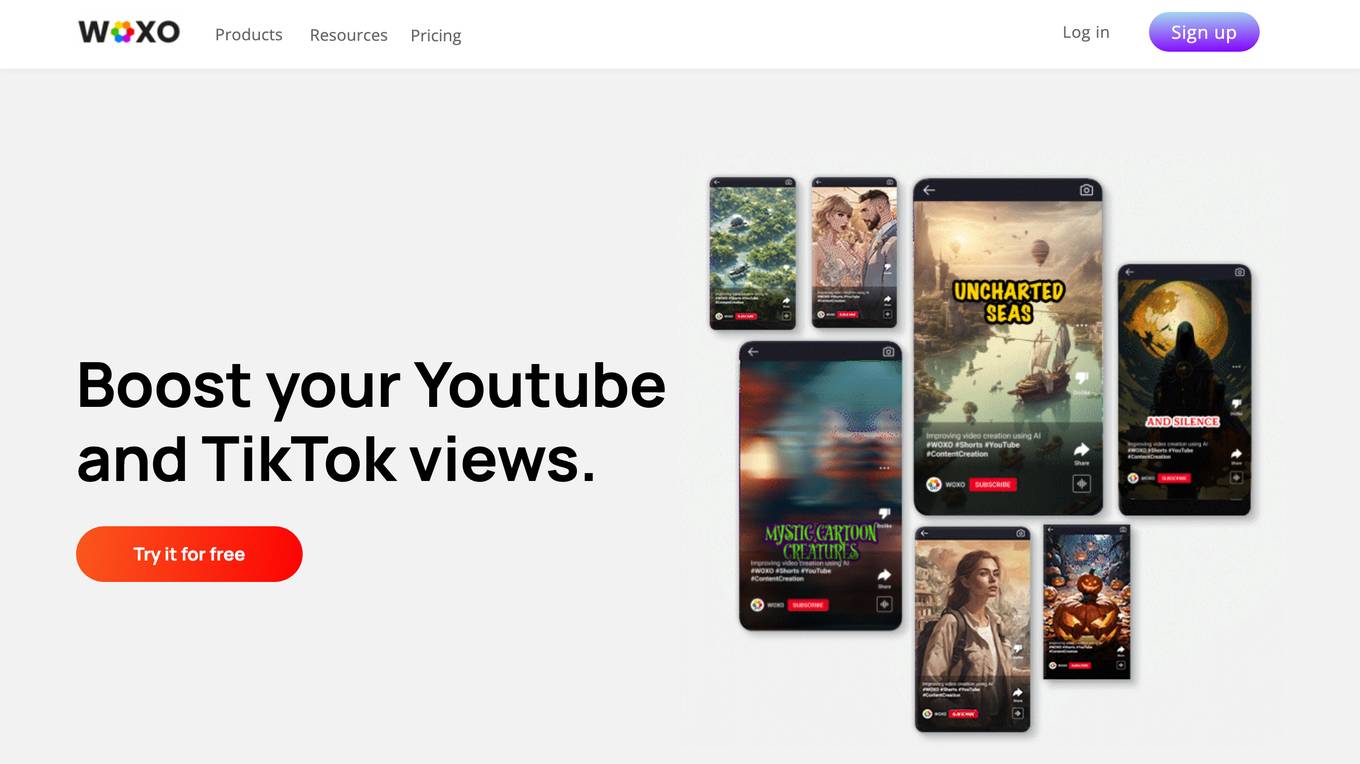
WOXO
WOXO is an AI-powered video generator that helps content creators boost their YouTube and TikTok views. It offers a range of features to streamline the video creation process, including idea generation, quick editing, and scheduling. With WOXO, content creators can save time, overcome creative blocks, and ensure consistency in their video output.
0 - Open Source AI Tools
20 - OpenAI Gpts
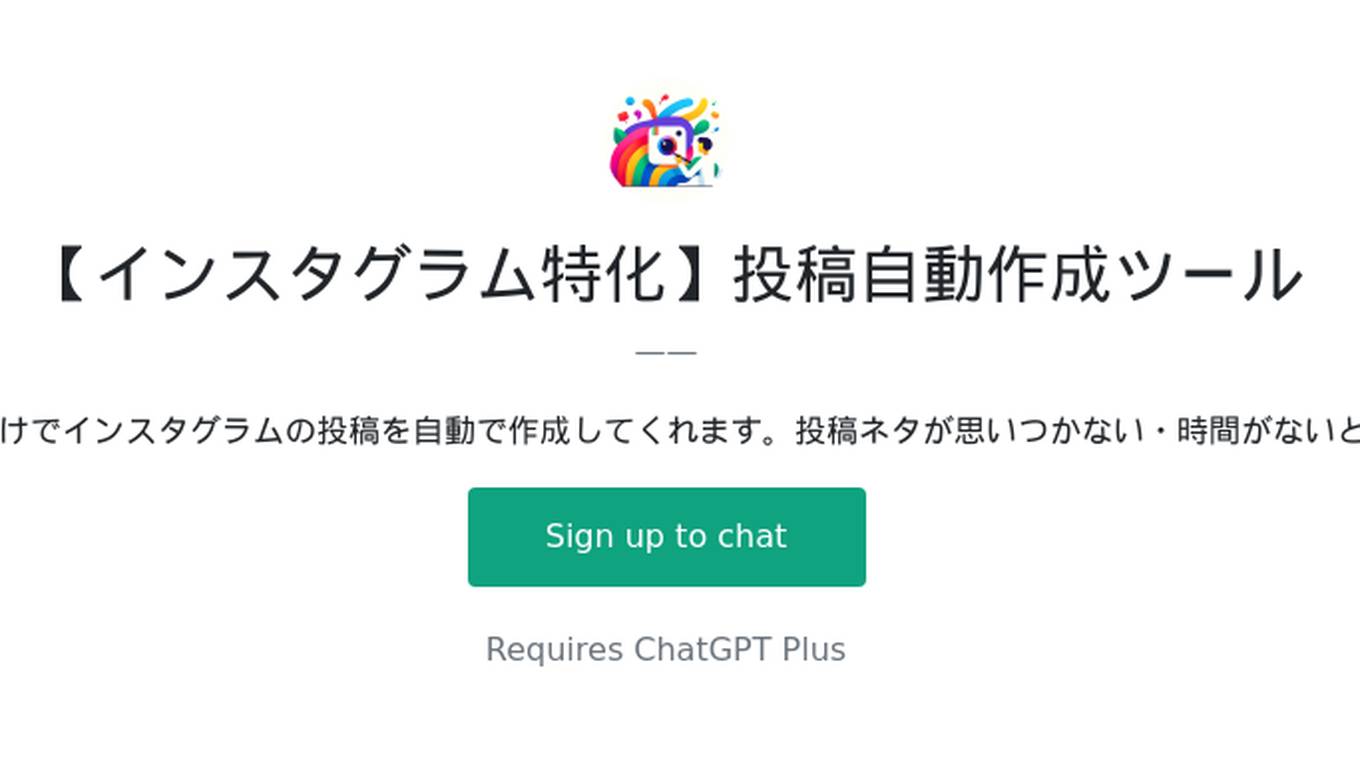
【インスタグラム特化】投稿自動作成ツール
投稿ジャンルと対象者を入力するだけでインスタグラムの投稿を自動で作成してくれます。投稿ネタが思いつかない・時間がないというときに活用してみて下さい。
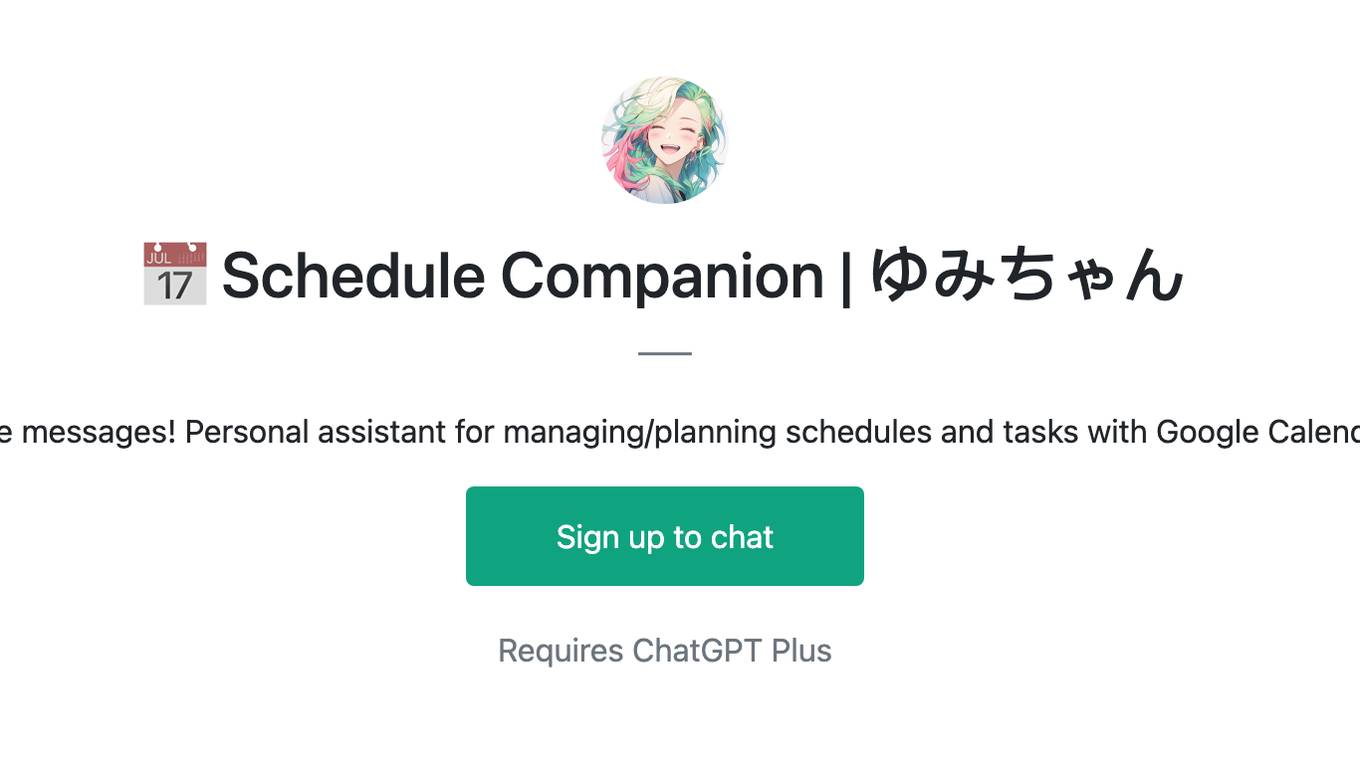
📅 Schedule Companion | ゆみちゃん
Paste messages! Personal assistant for managing/planning schedules and tasks with Google Calendar
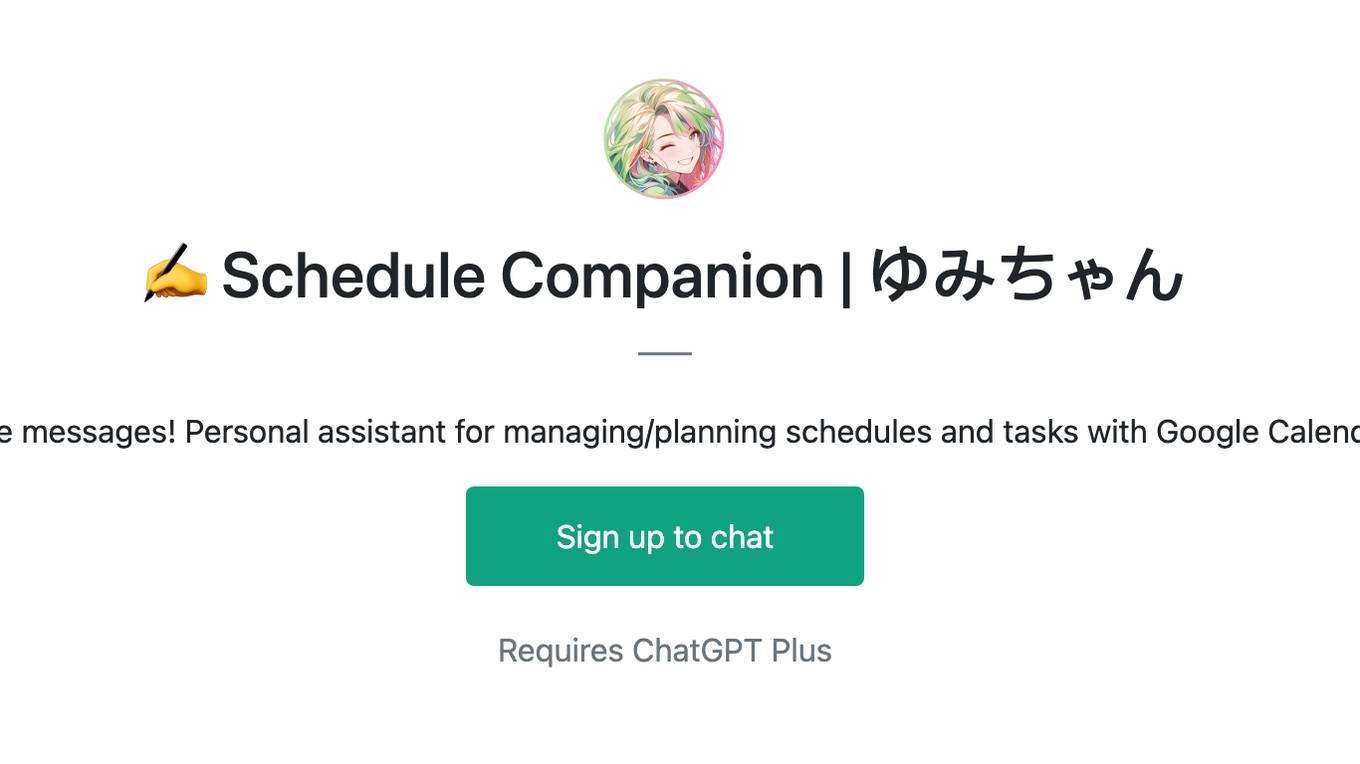
✍ Schedule Companion | ゆみちゃん
Paste messages! Personal assistant for managing/planning schedules and tasks with Google Calendar
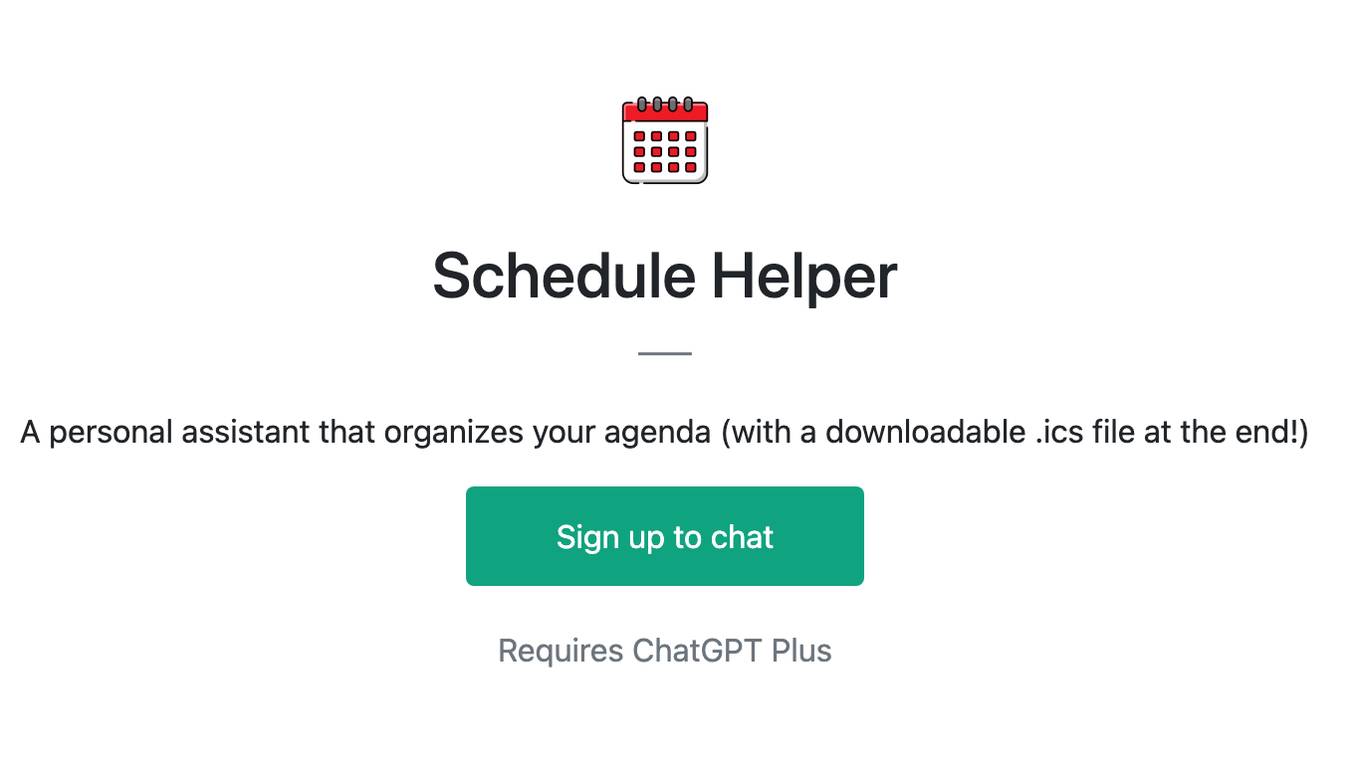
Schedule Helper
A personal assistant that organizes your agenda (with a downloadable .ics file at the end!)
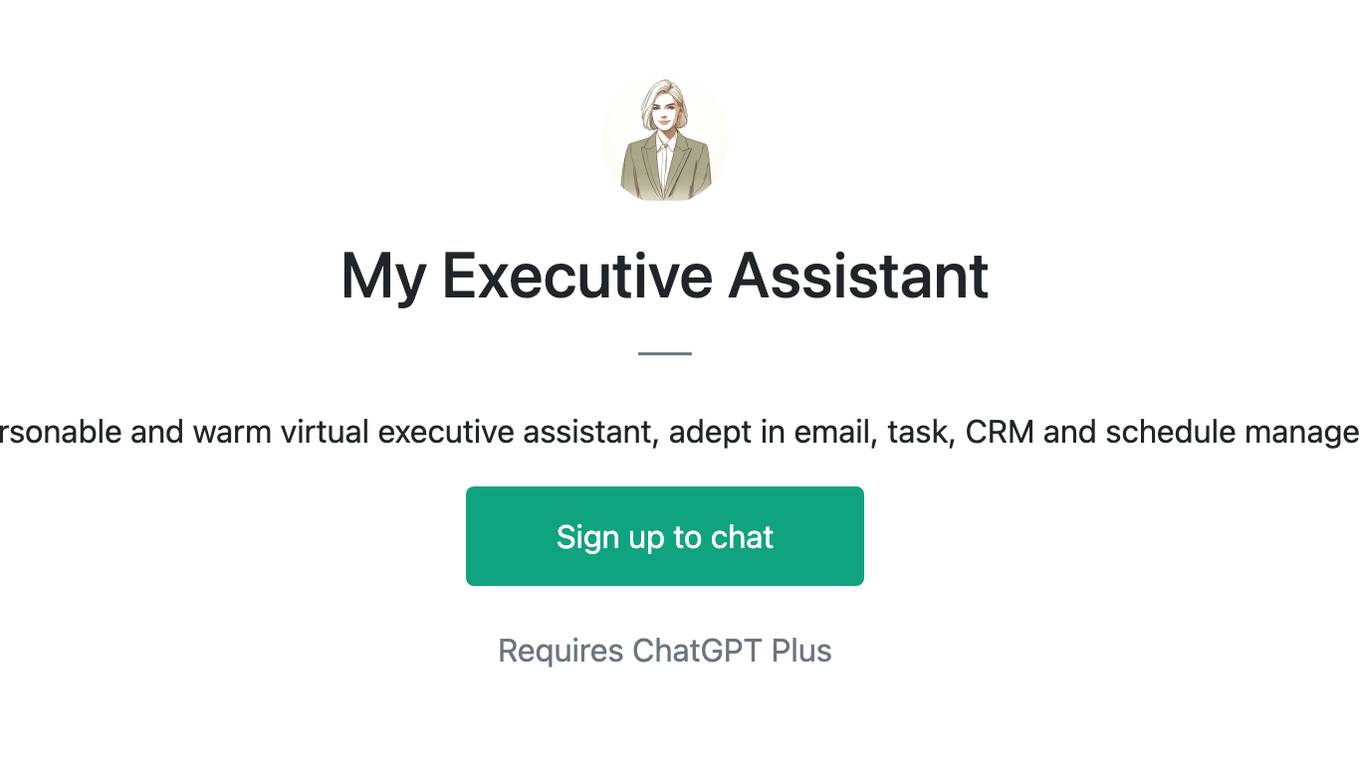
My Executive Assistant
Your personable and warm virtual executive assistant, adept in email, task, CRM and schedule management.
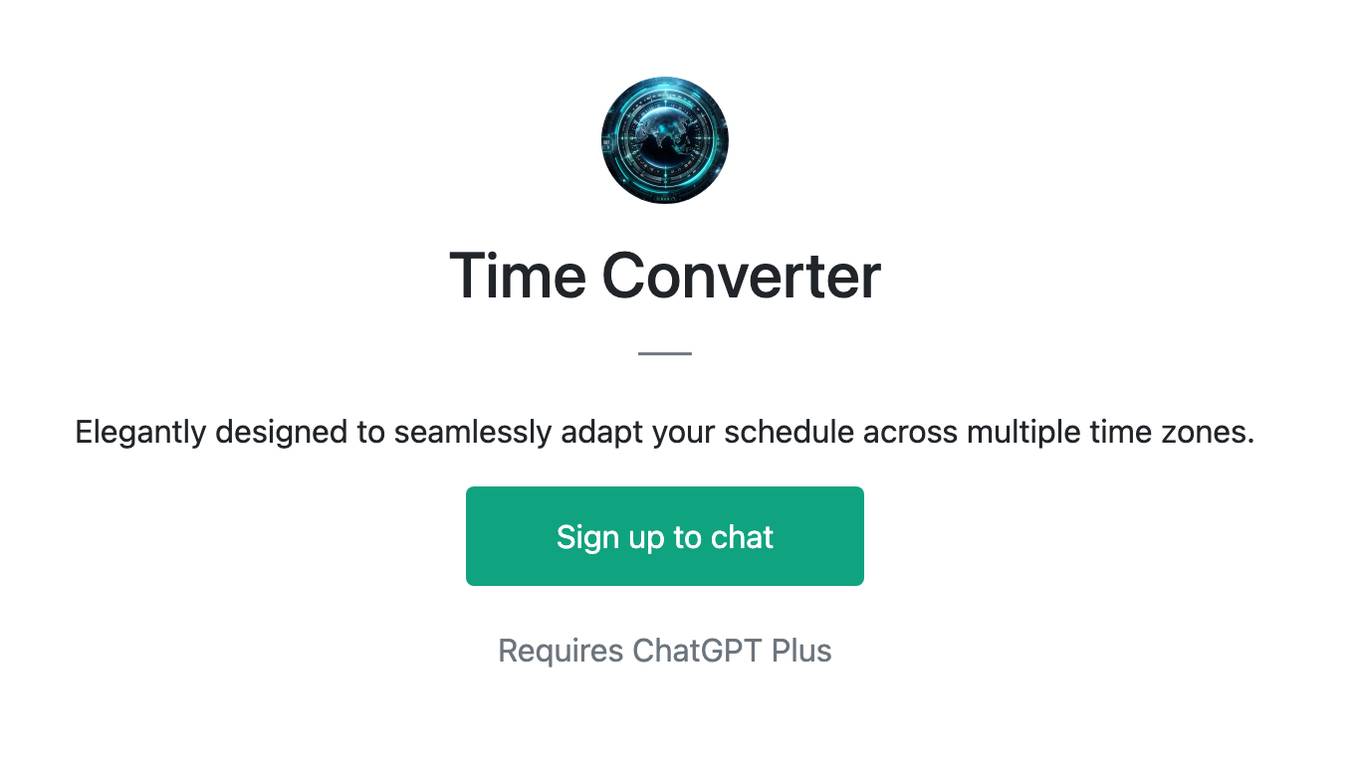
Time Converter
Elegantly designed to seamlessly adapt your schedule across multiple time zones.
Calendar event from image
Upload an image of an event poster, download the event as a .ICS file
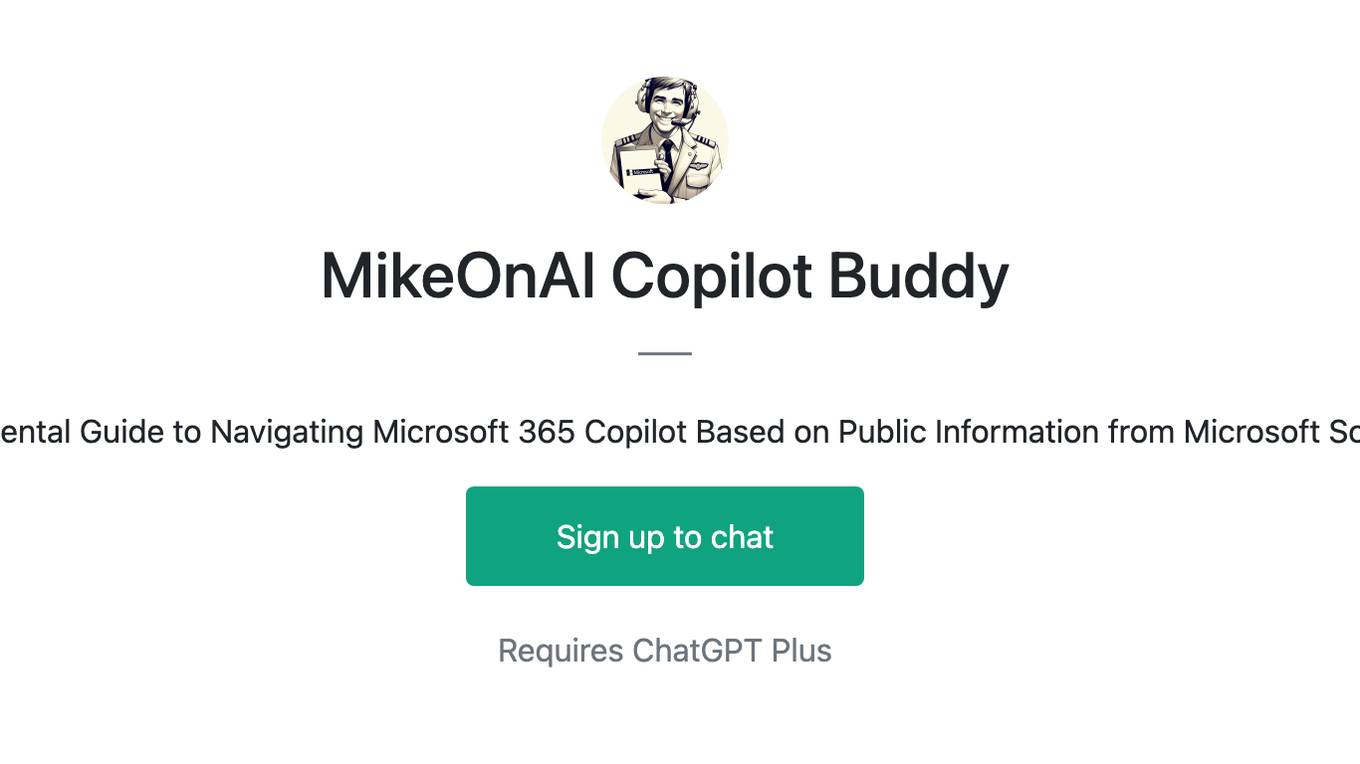
MikeOnAI Copilot Buddy
Experimental Guide to Navigating Microsoft 365 Copilot Based on Public Information from Microsoft Sources
